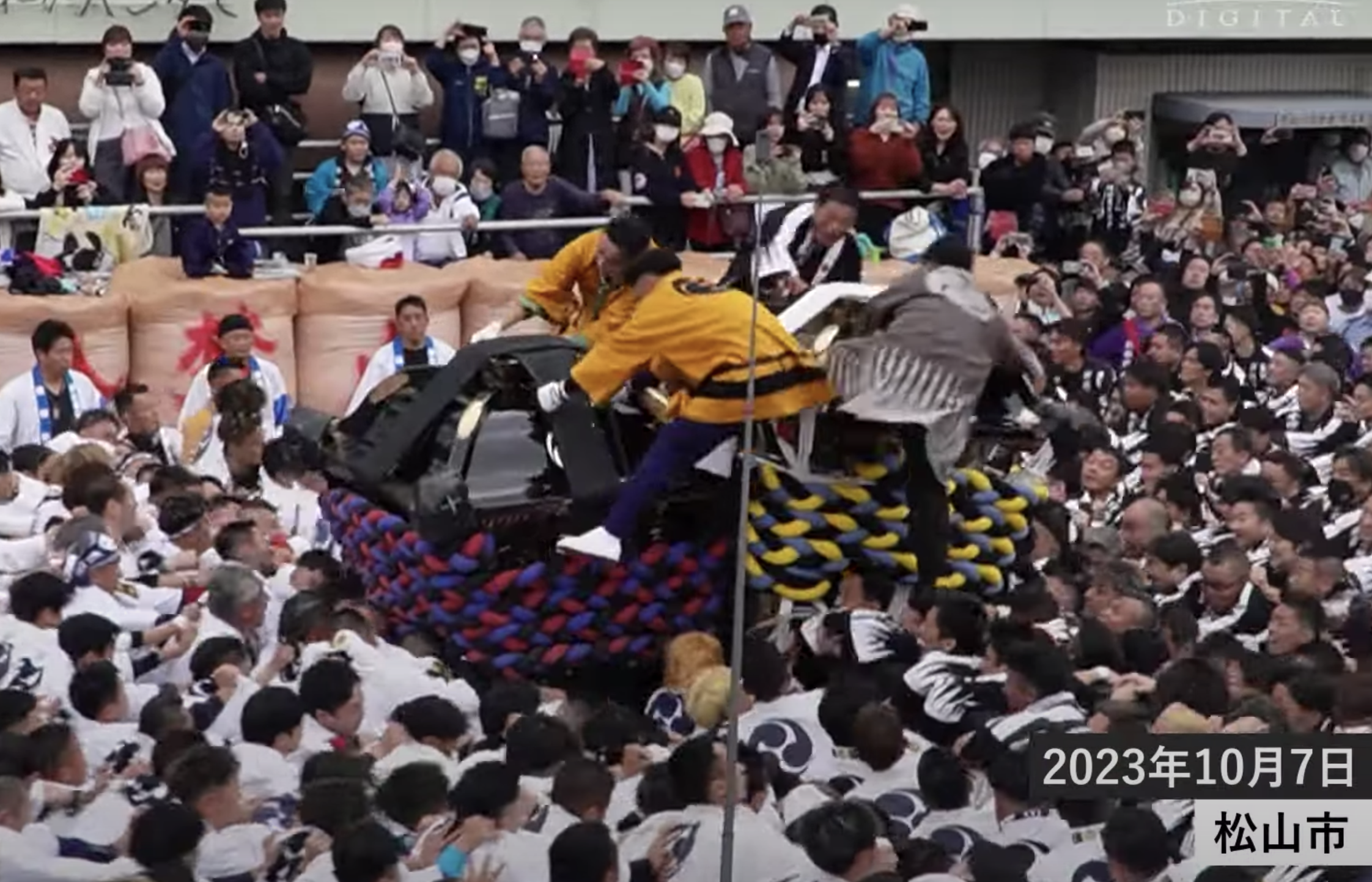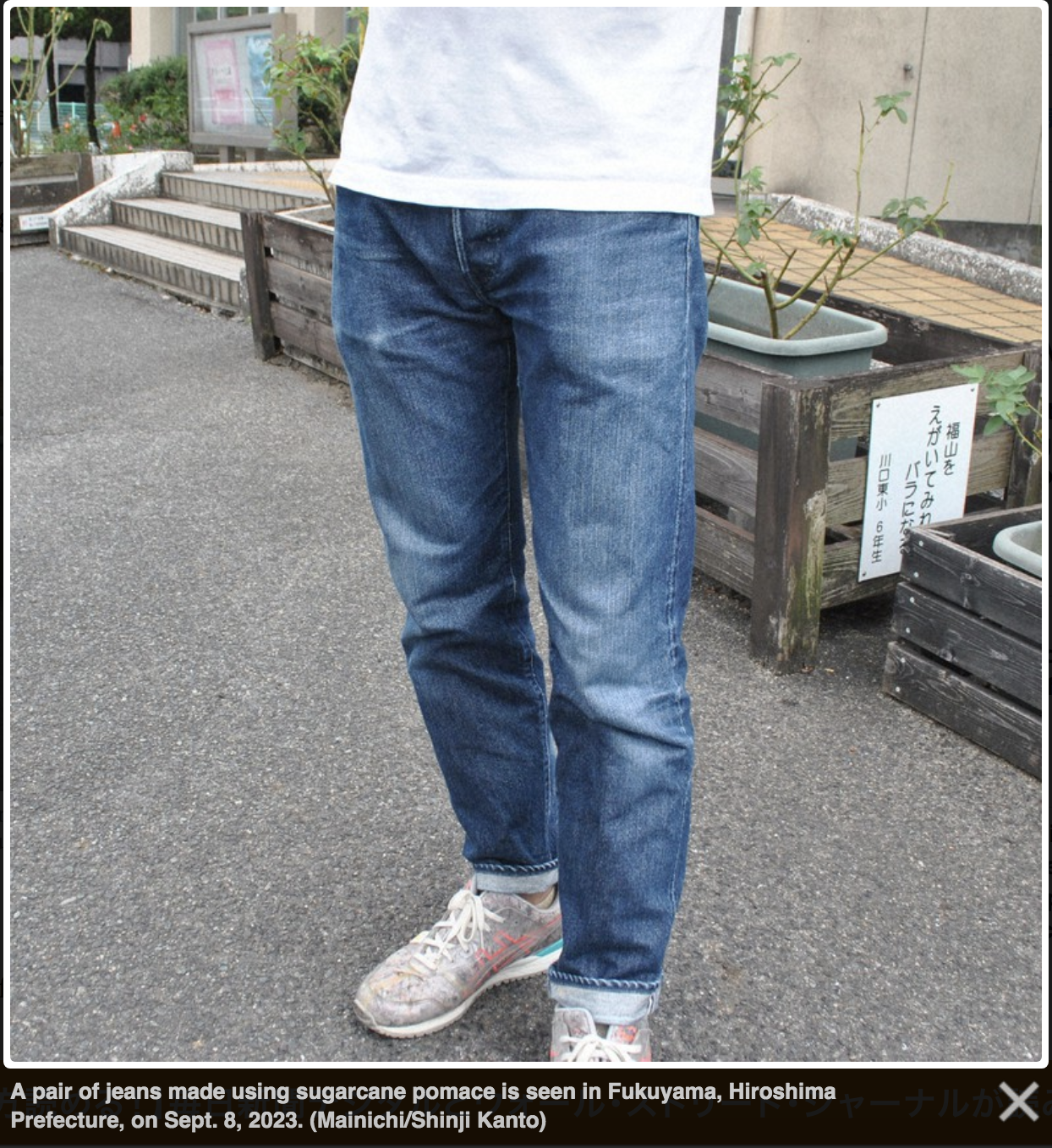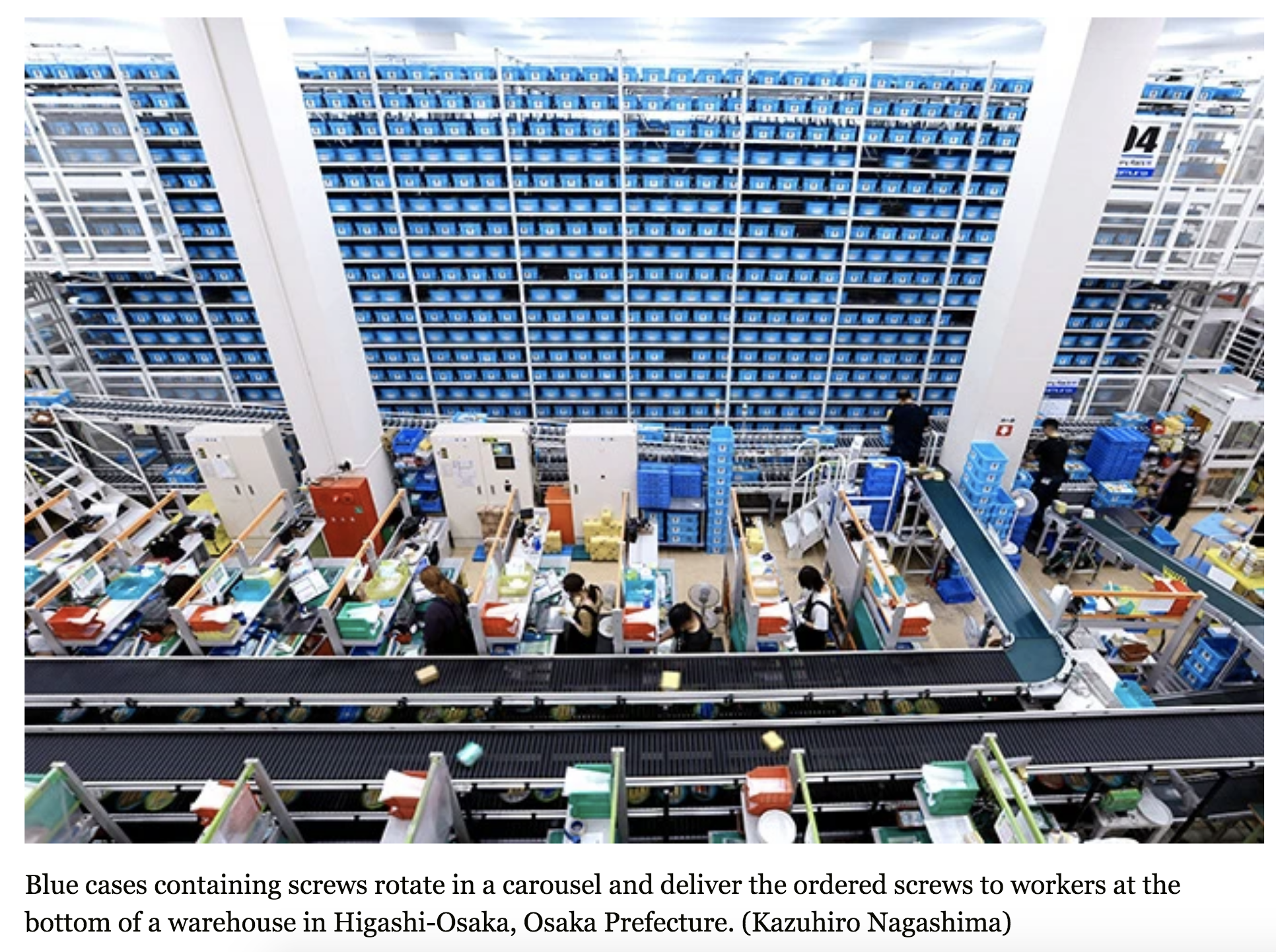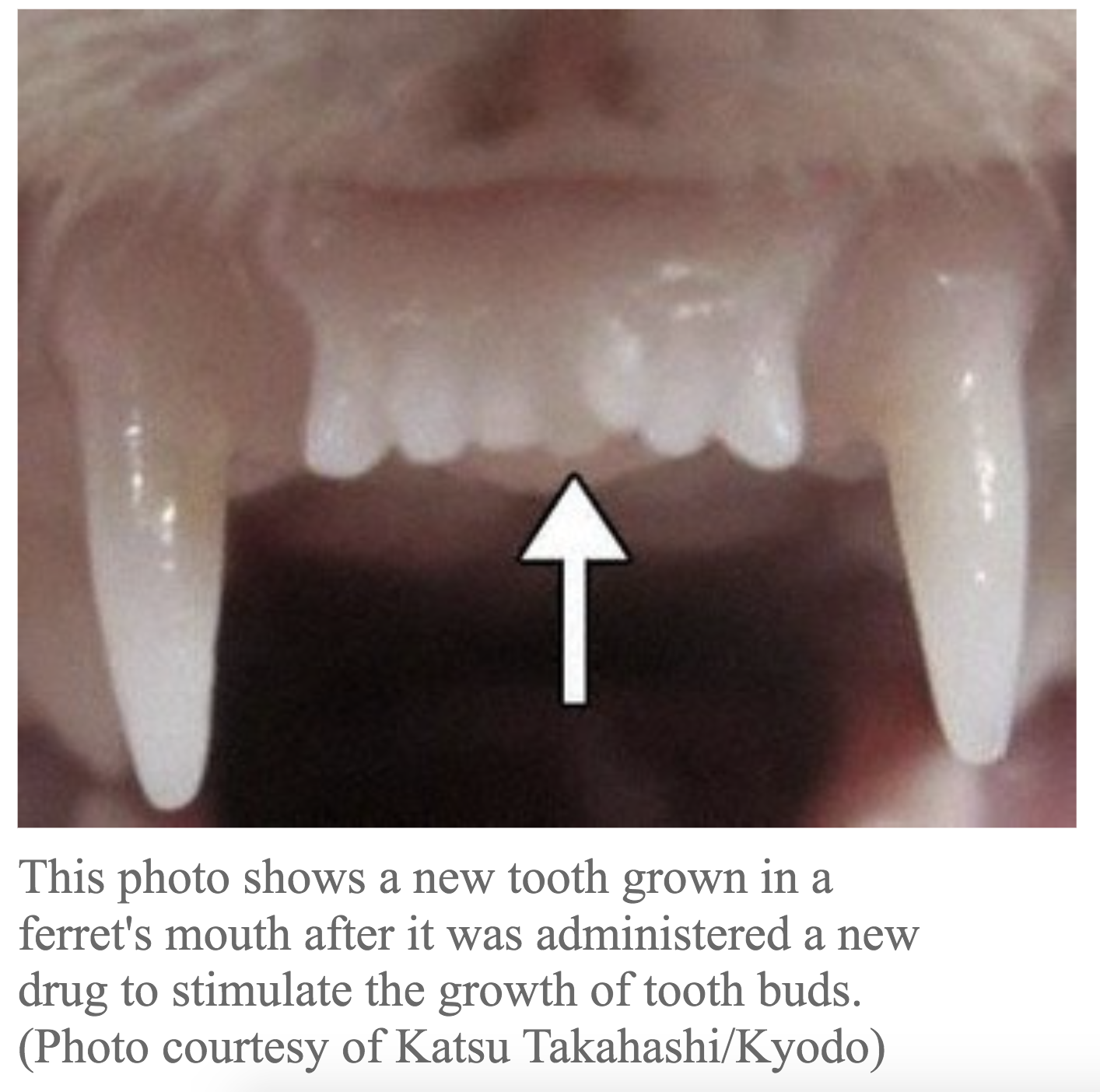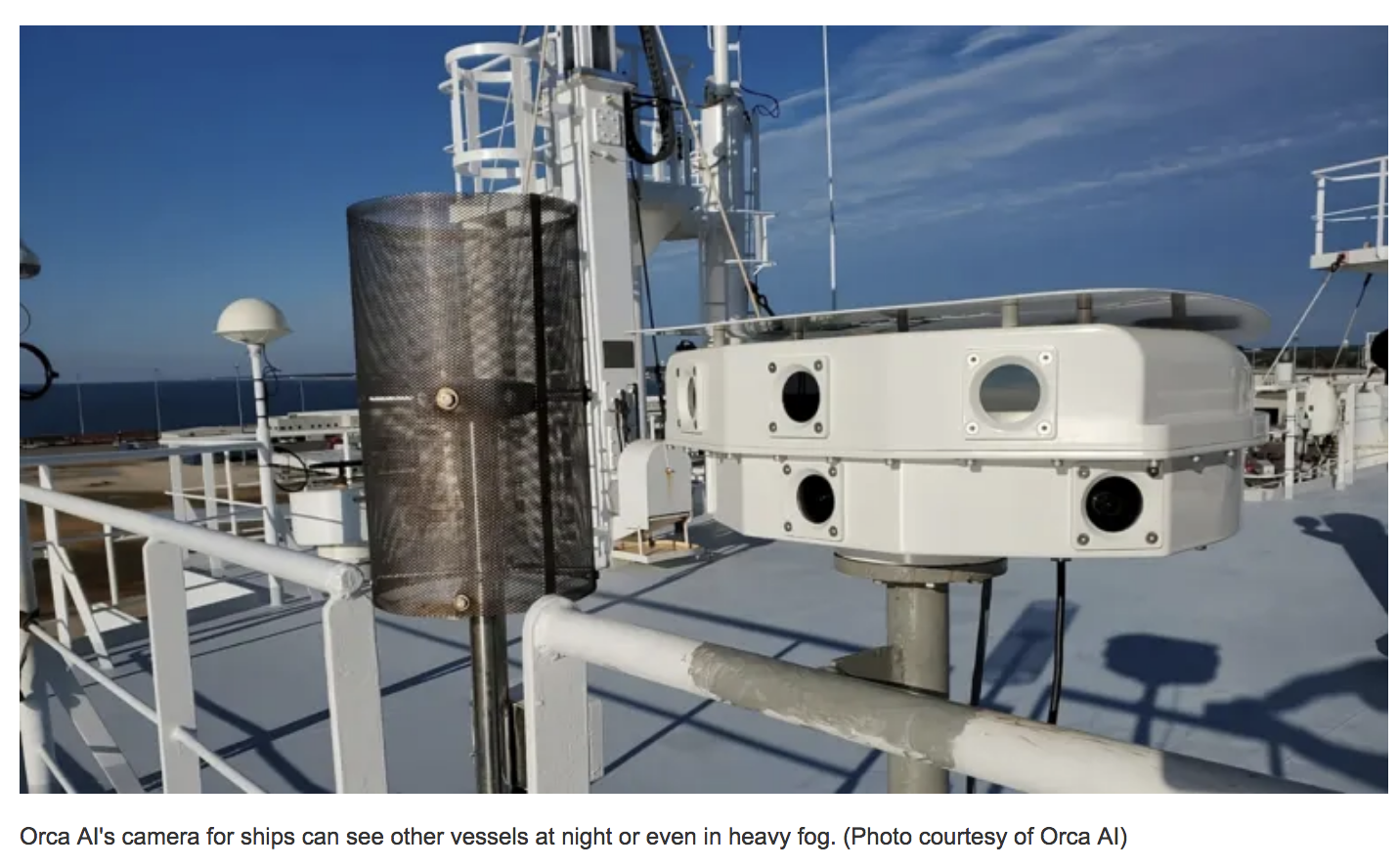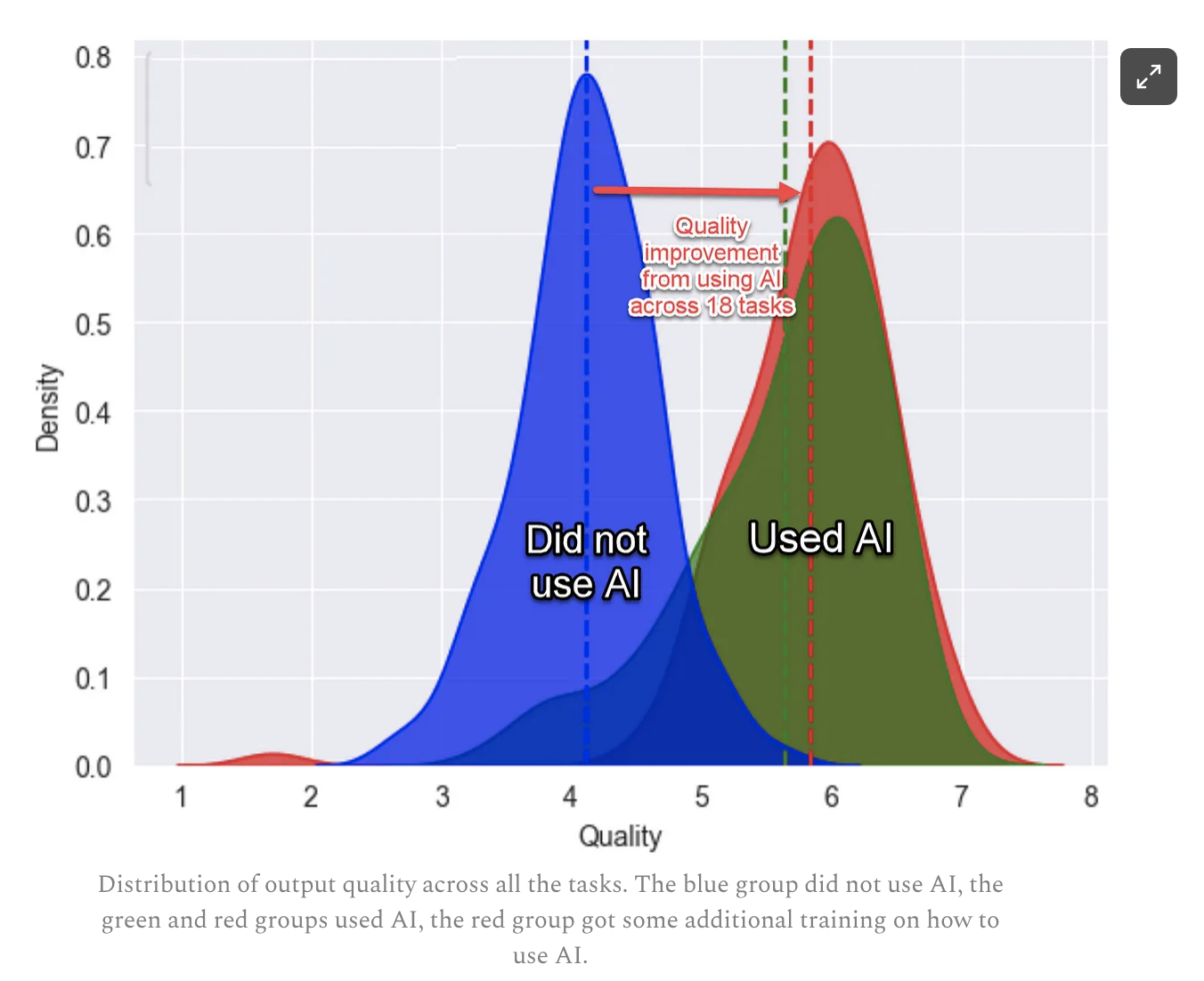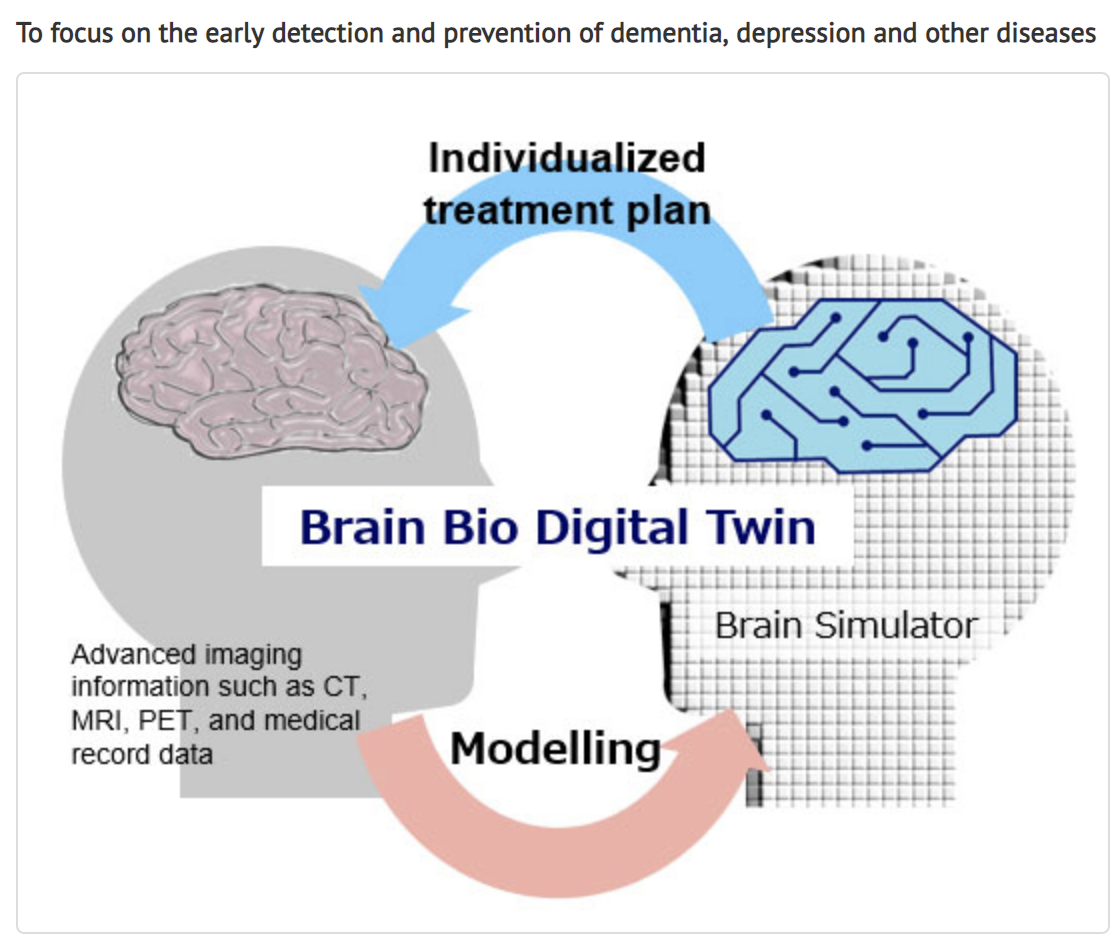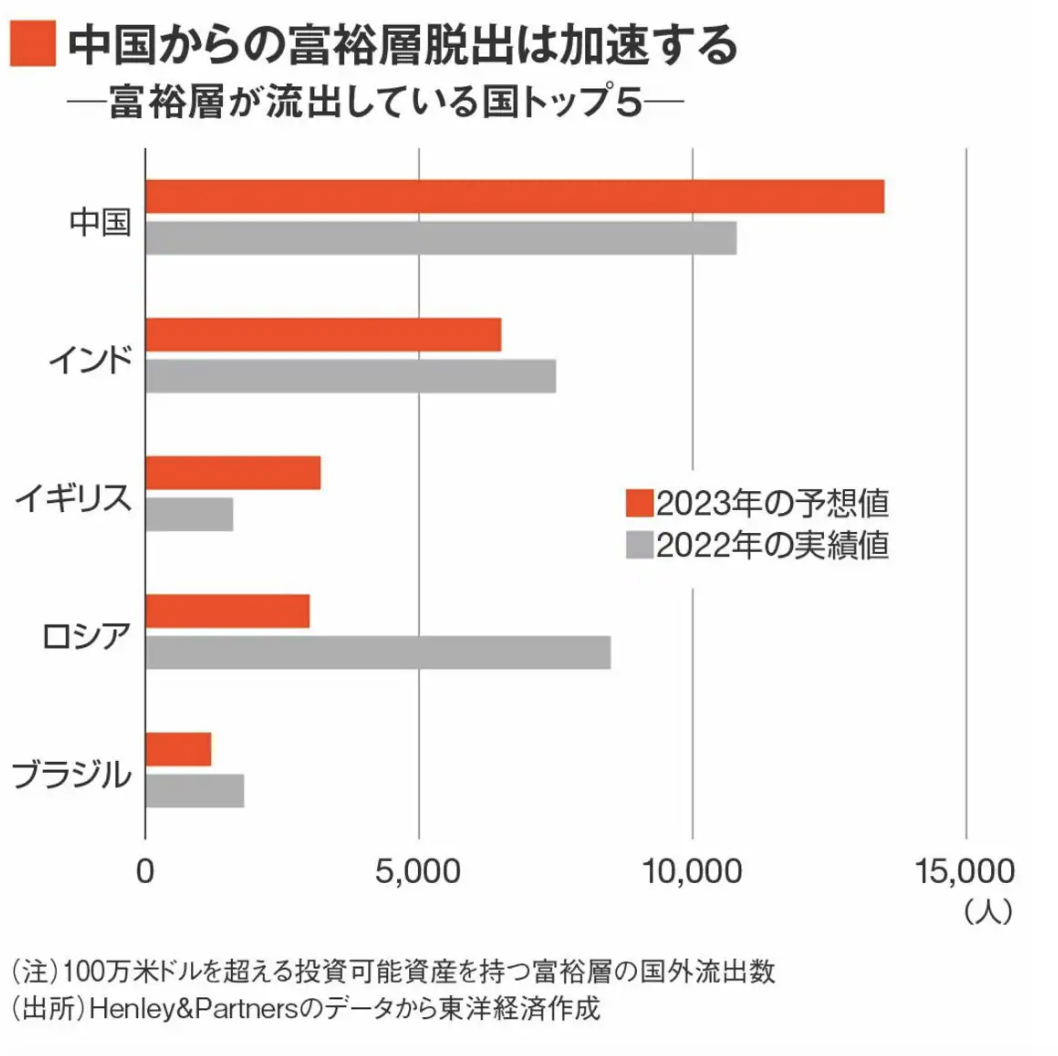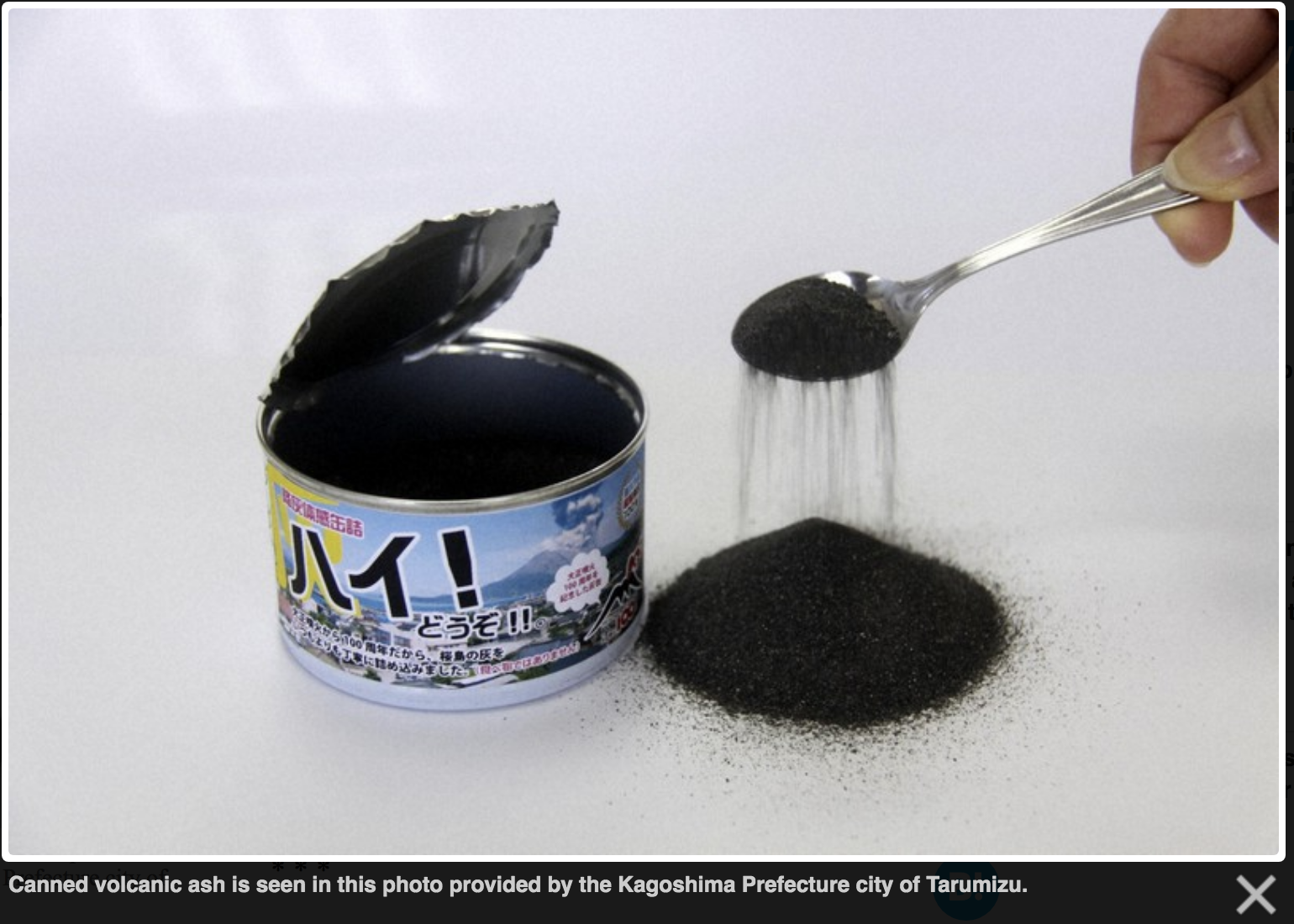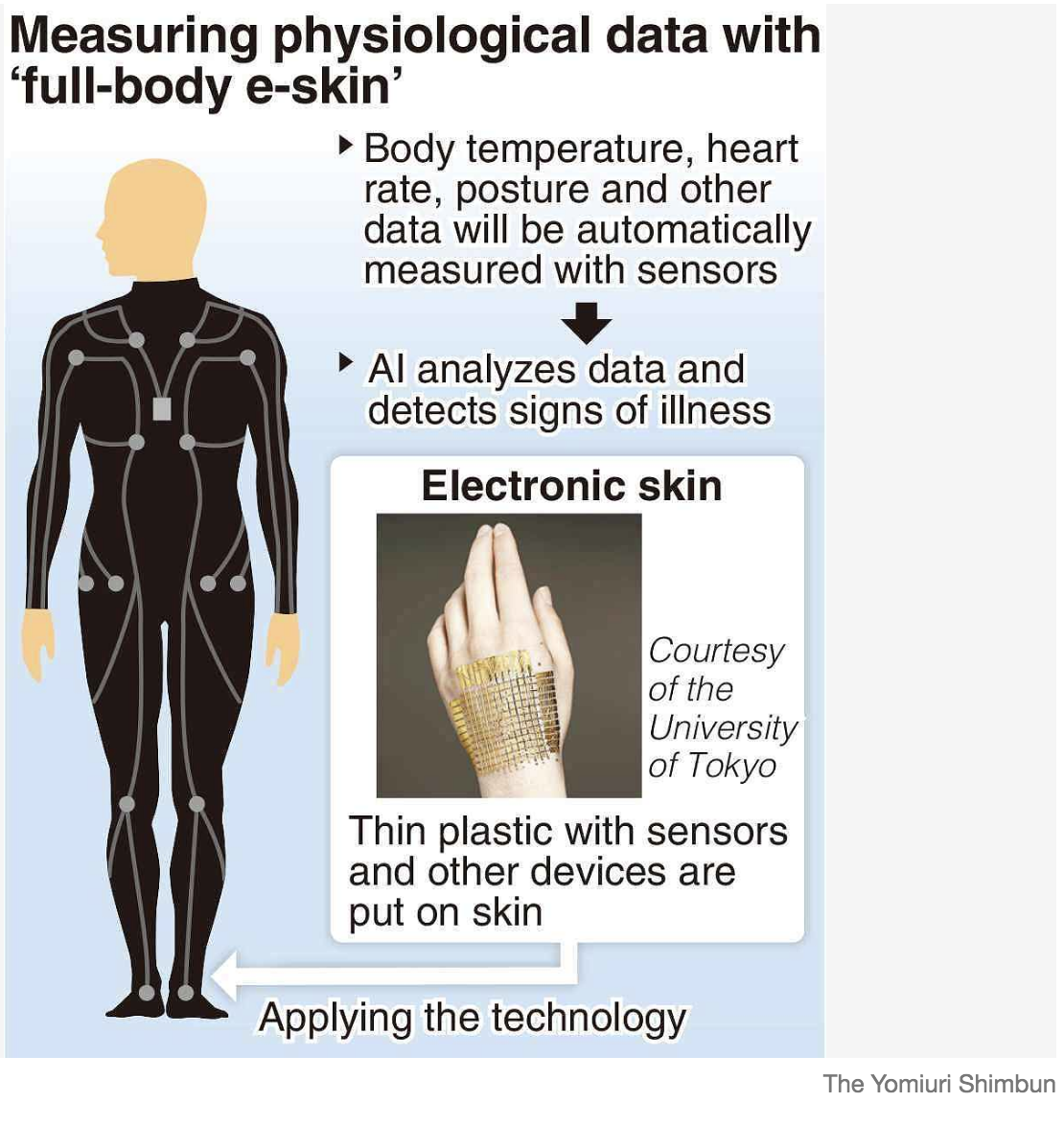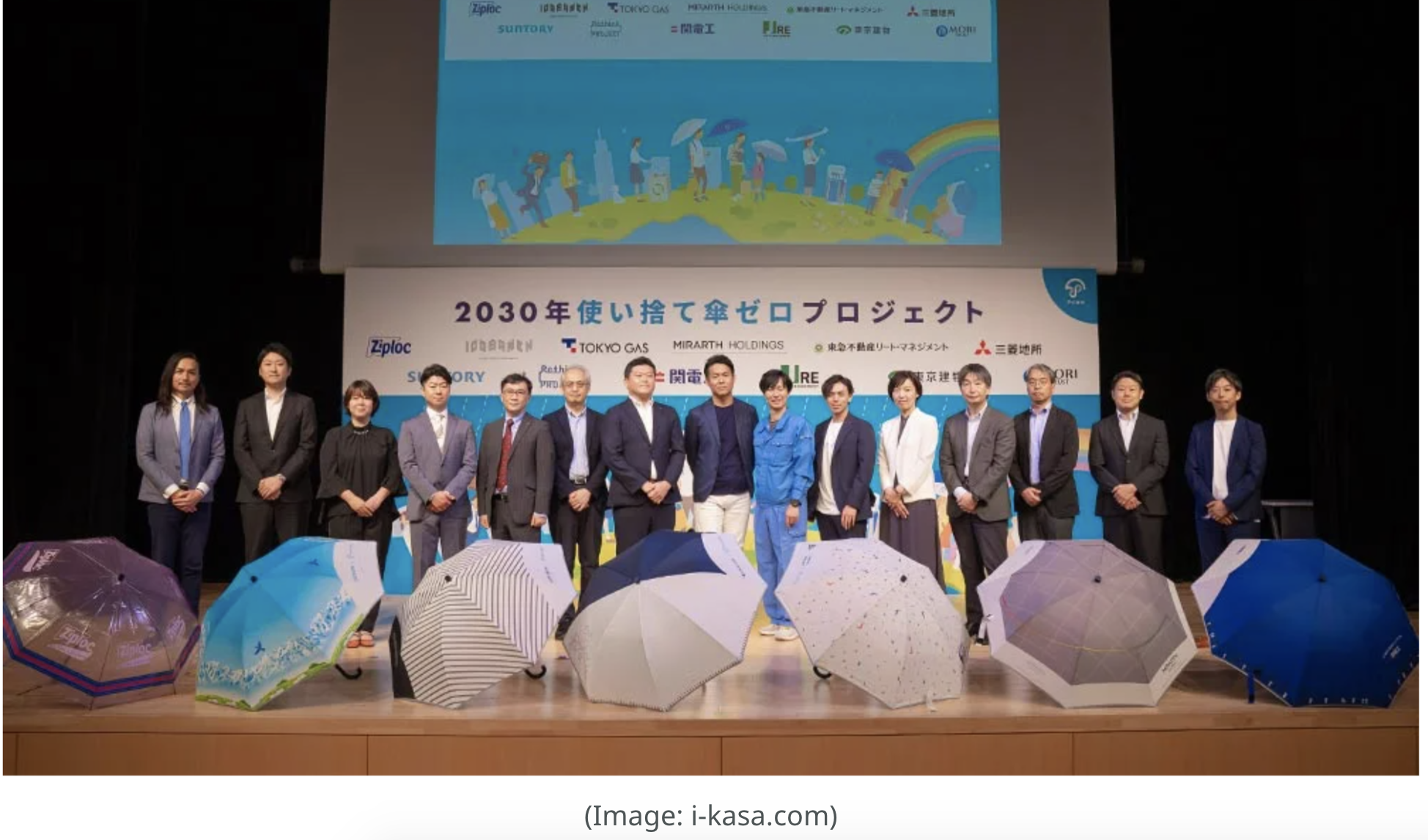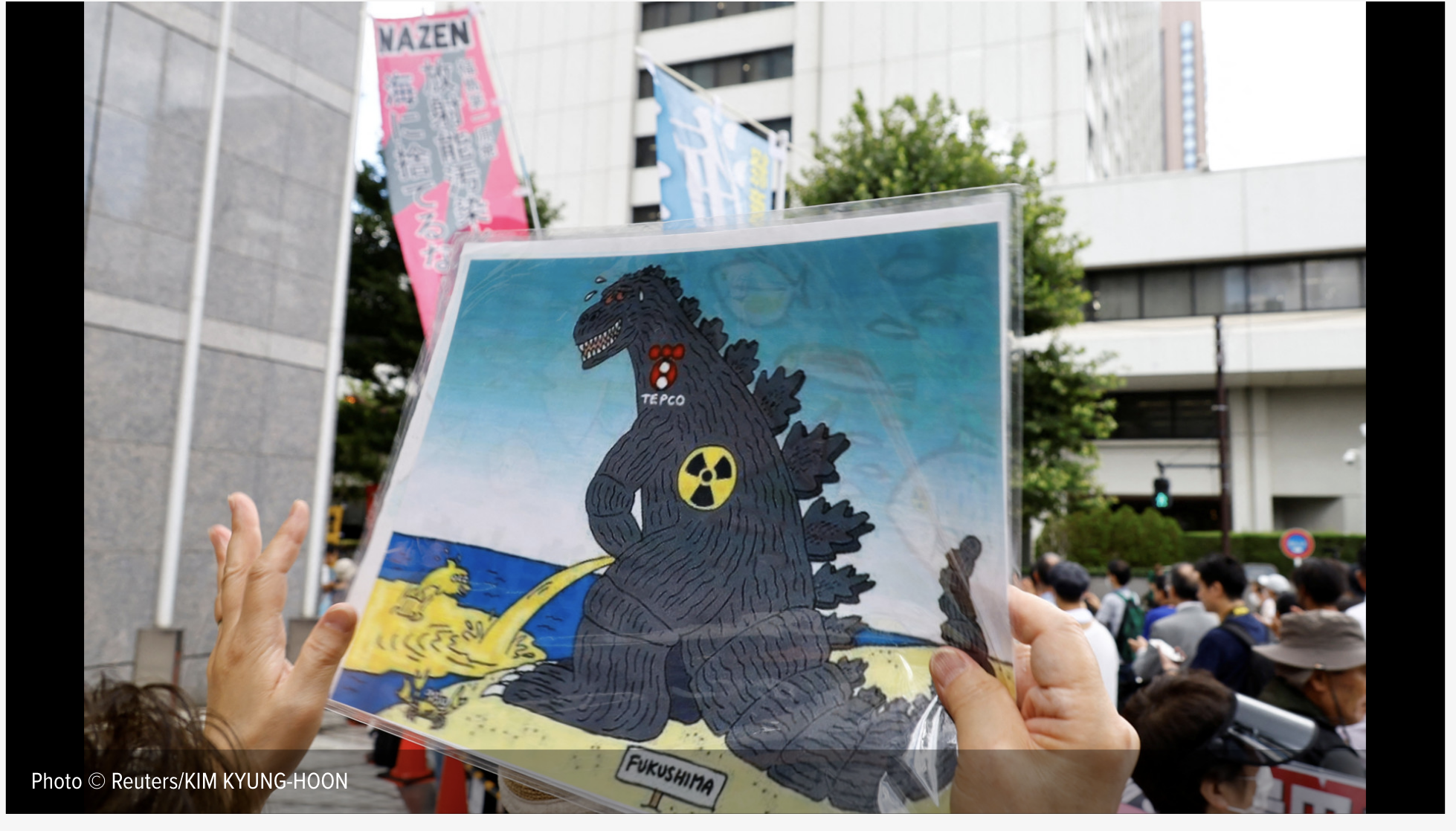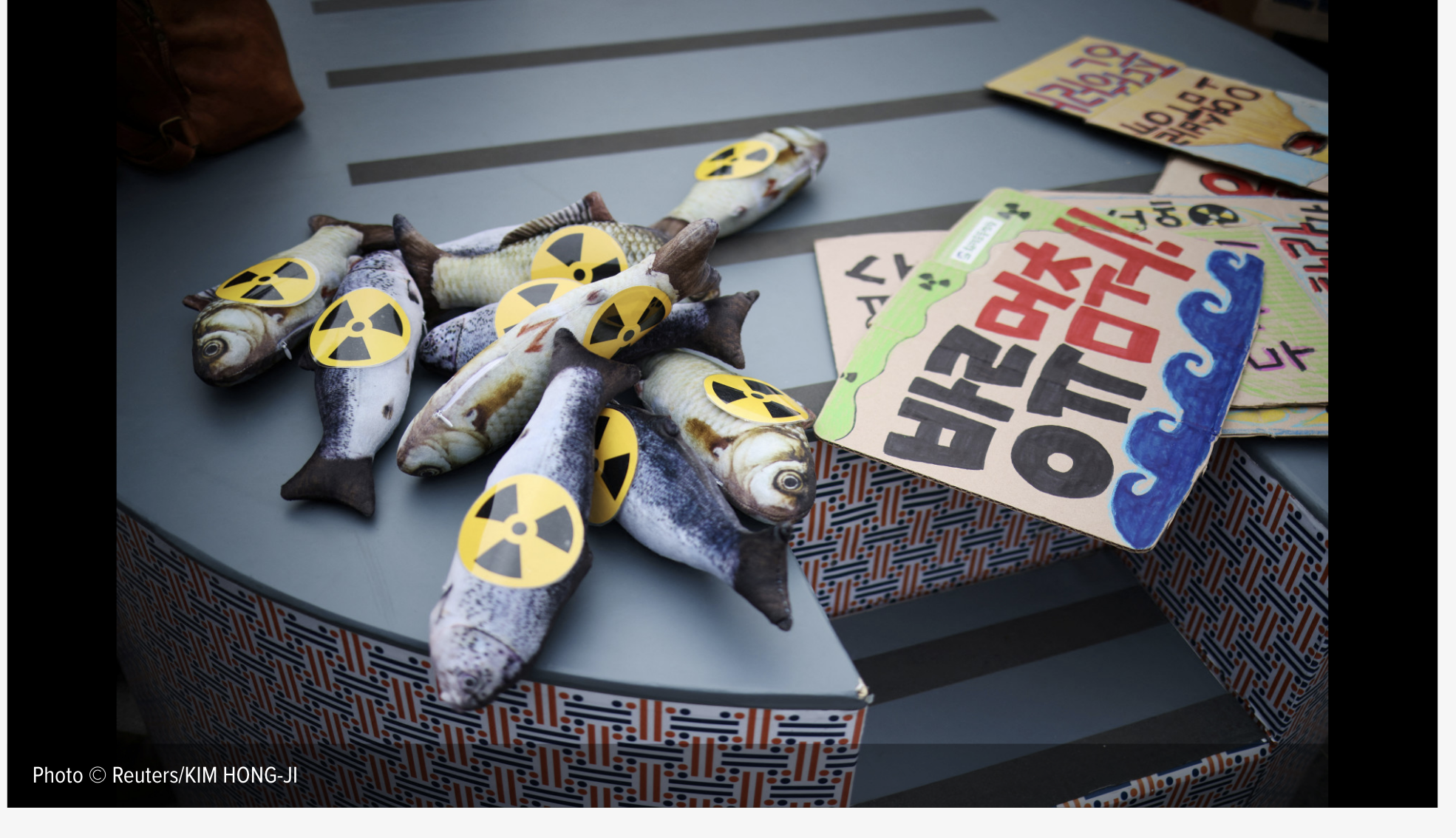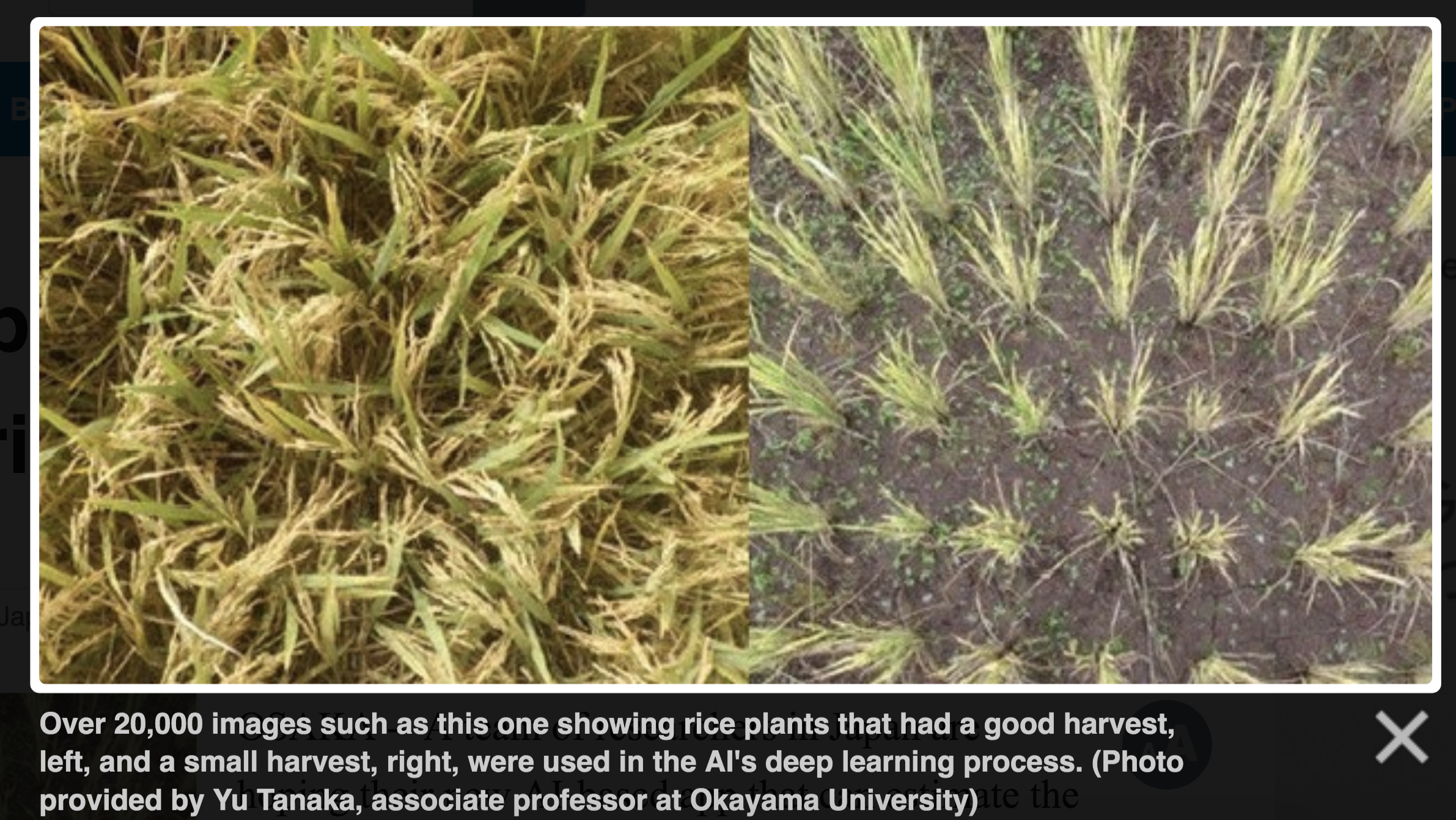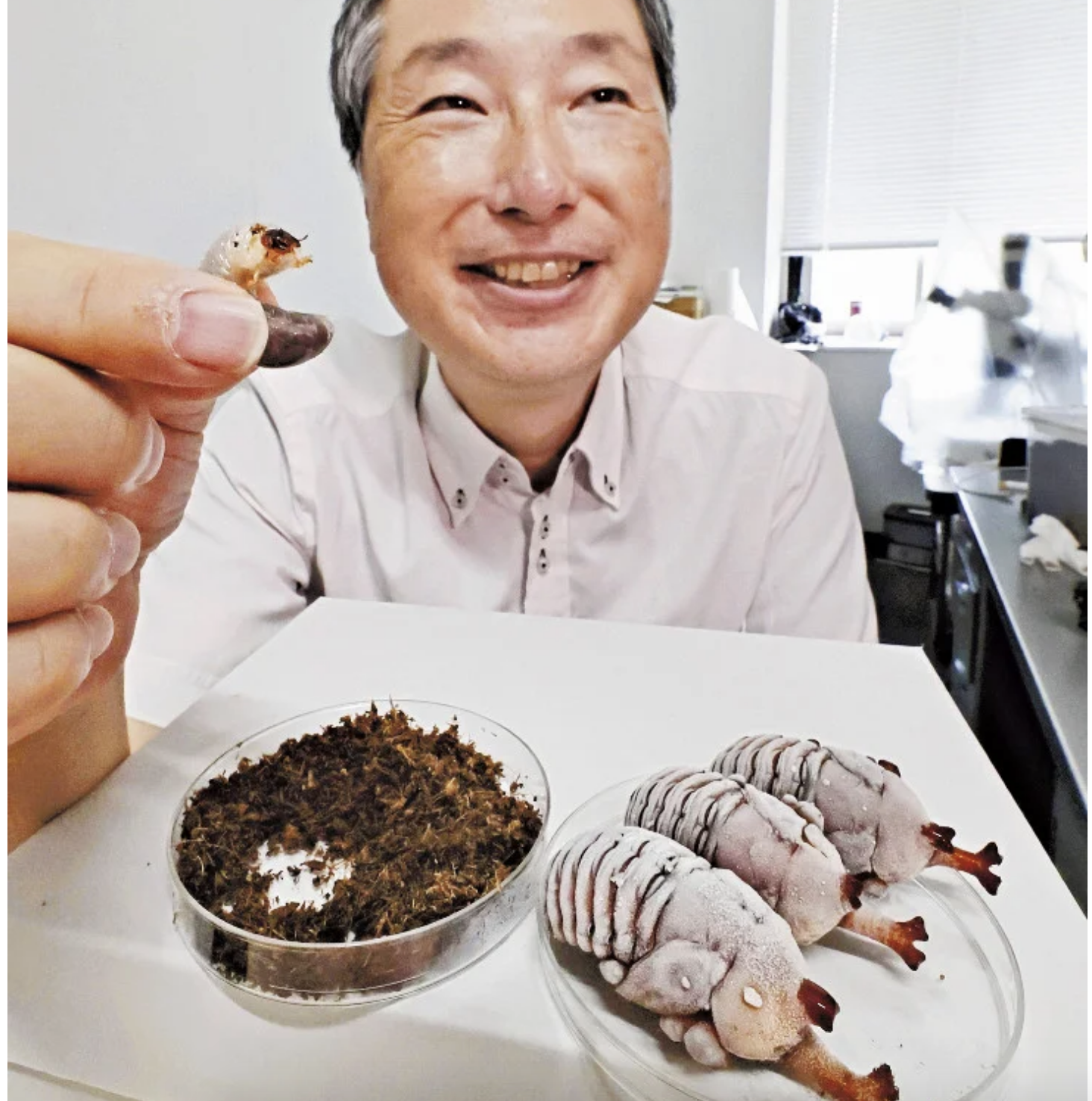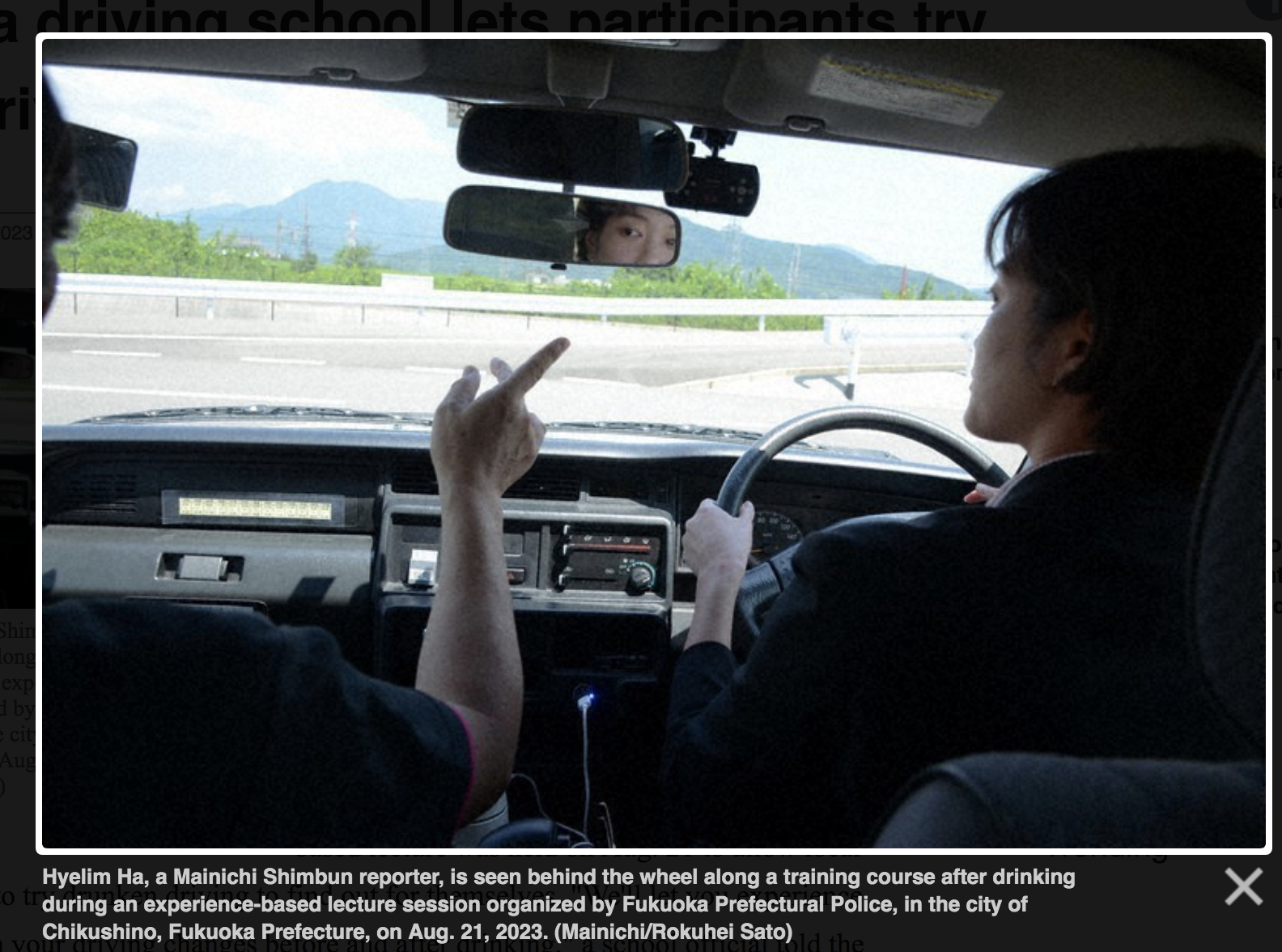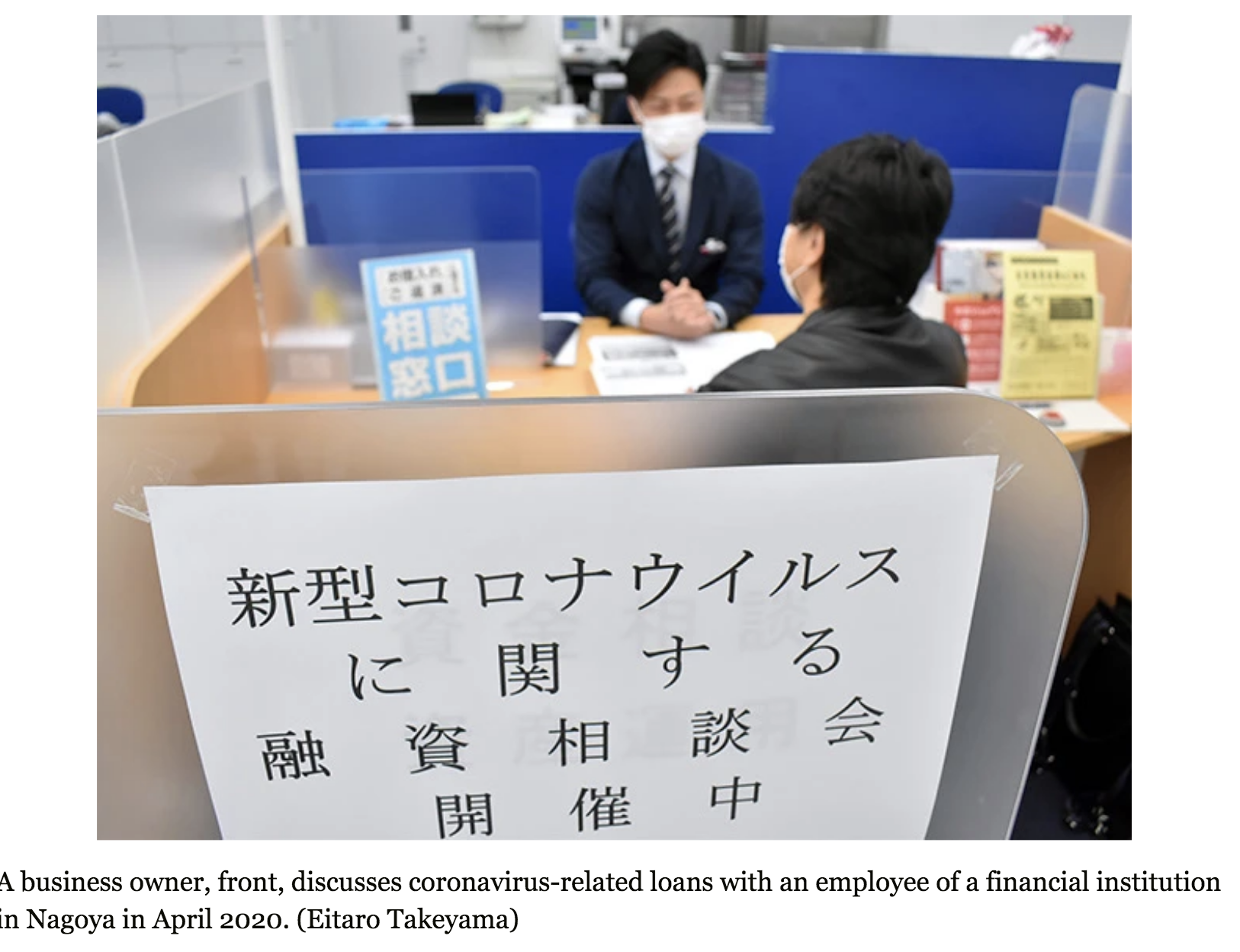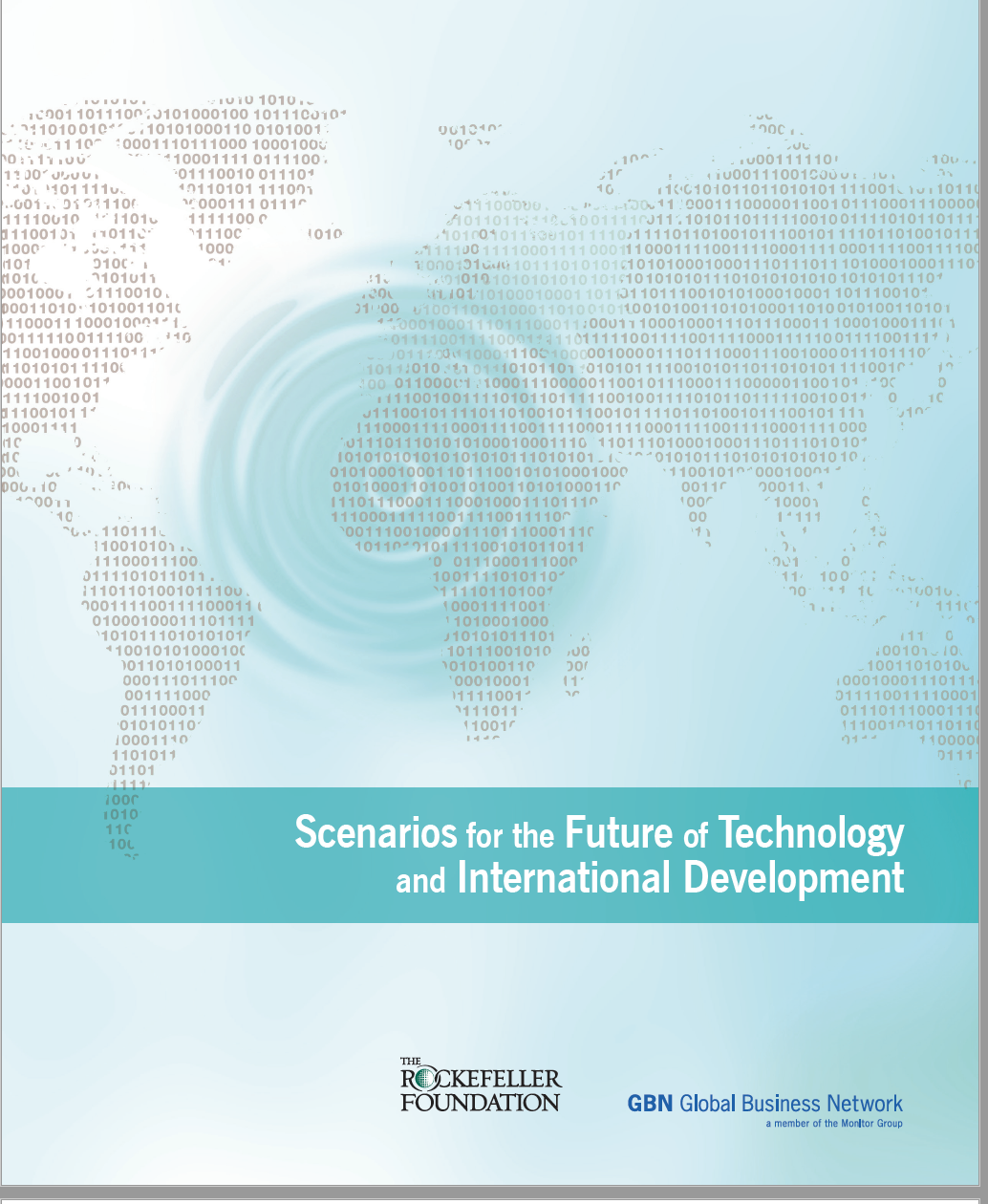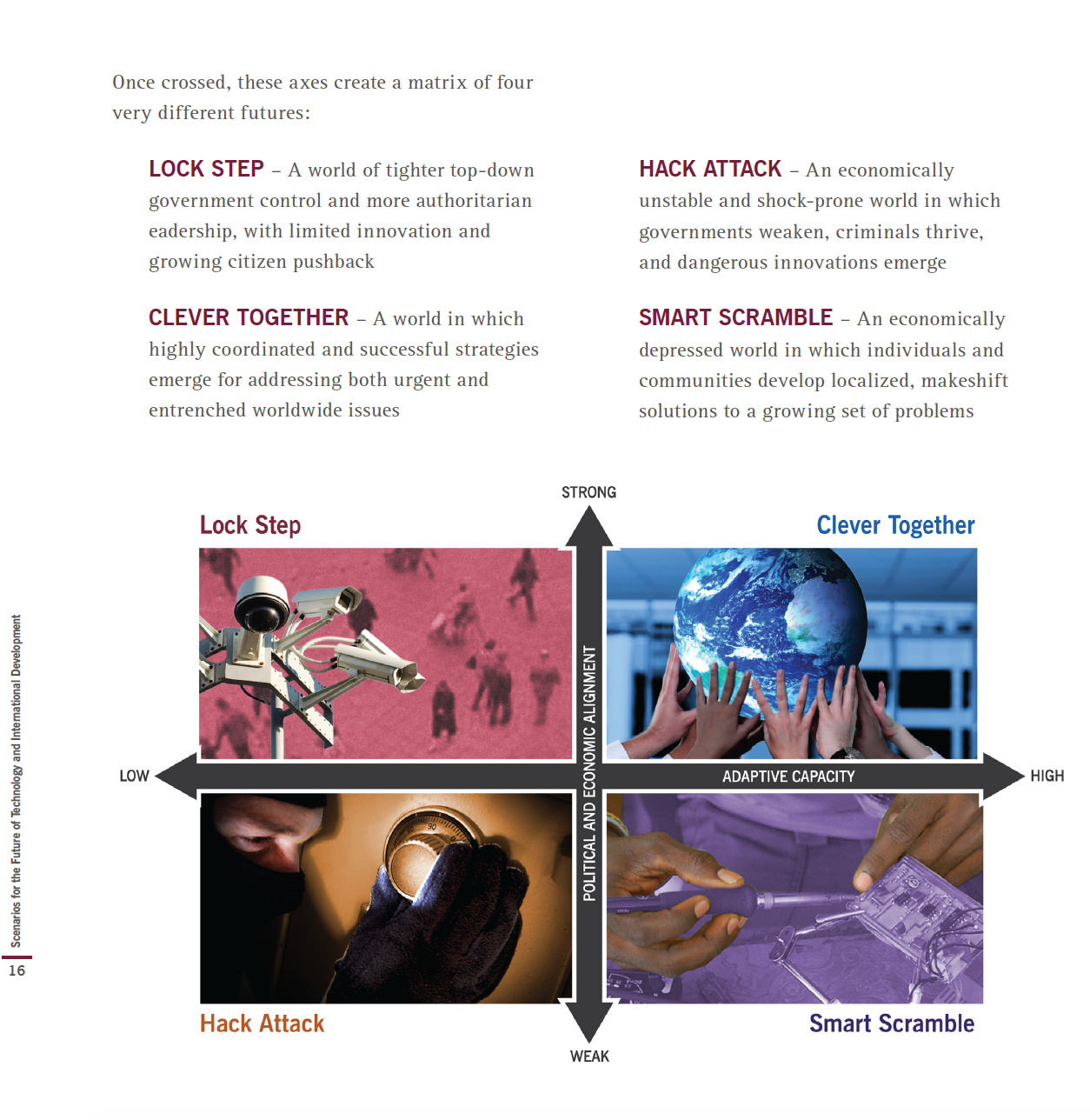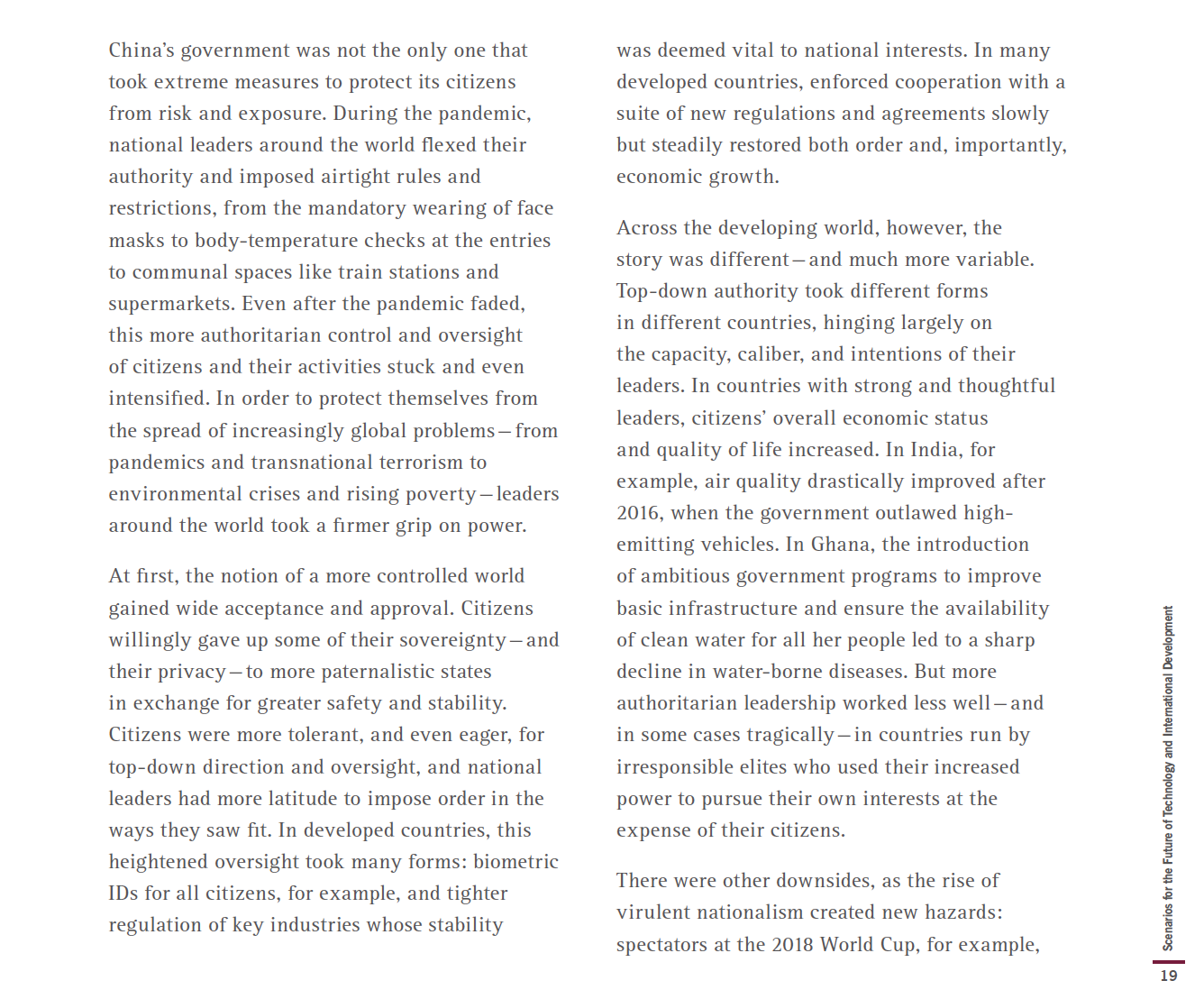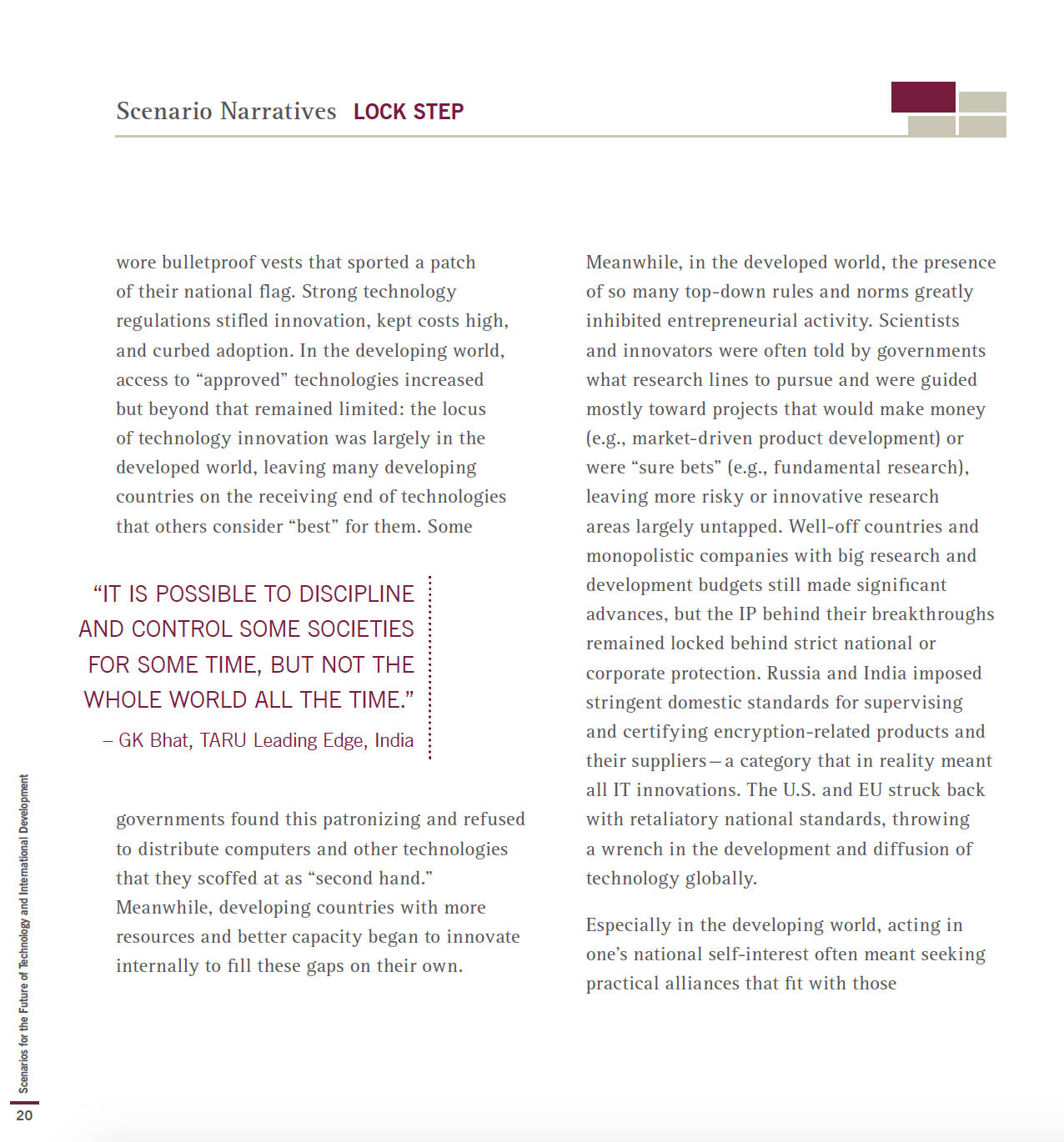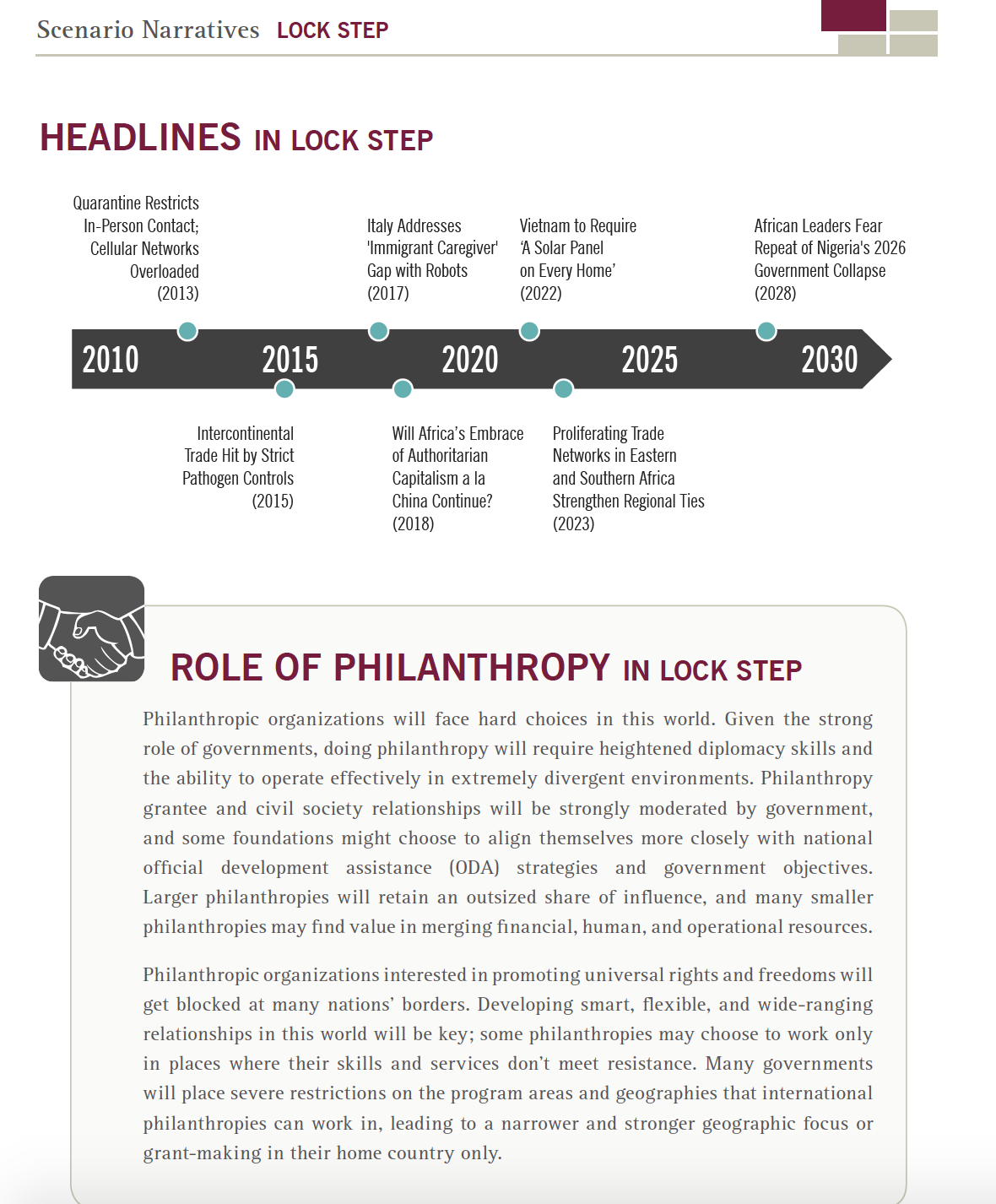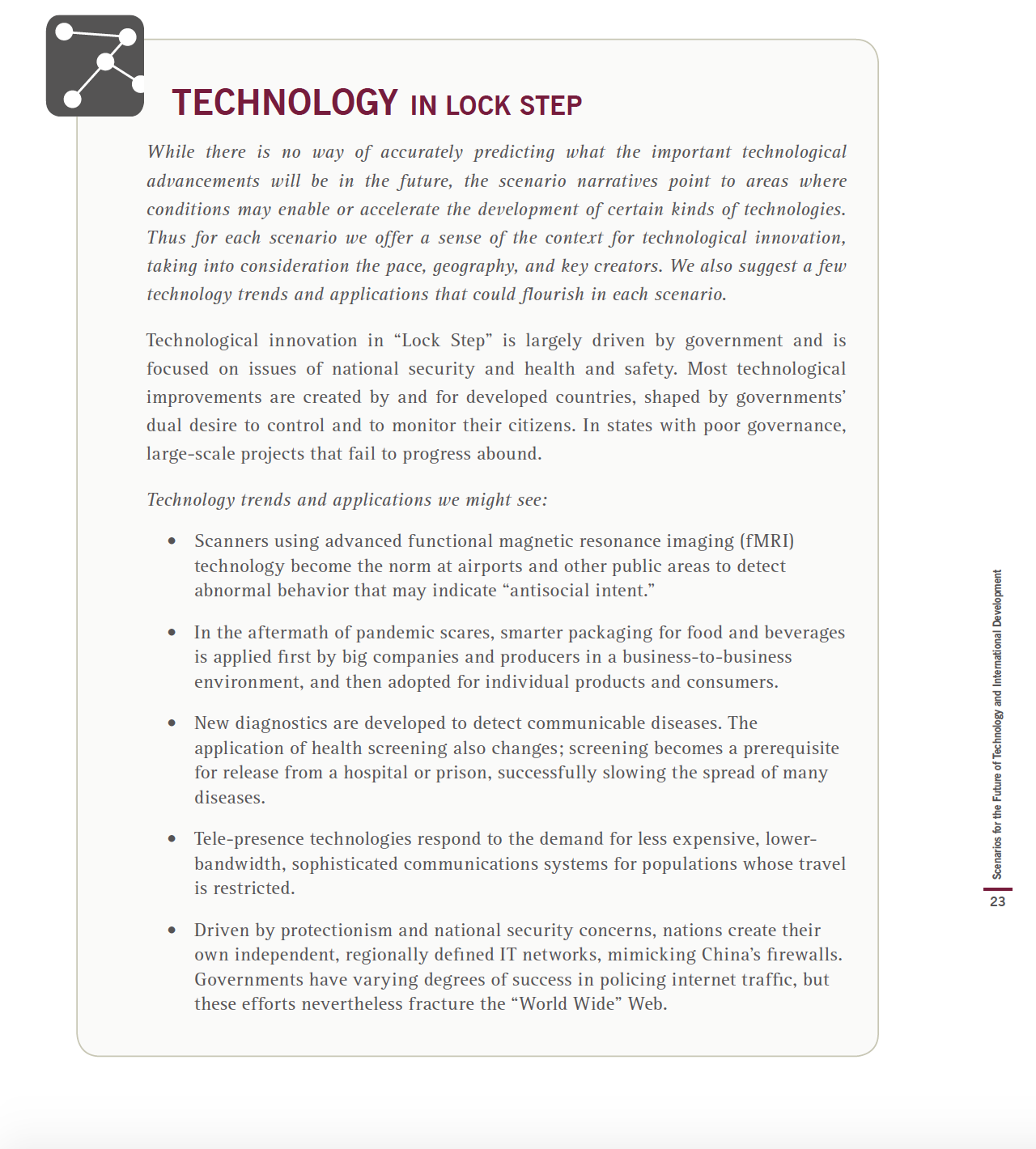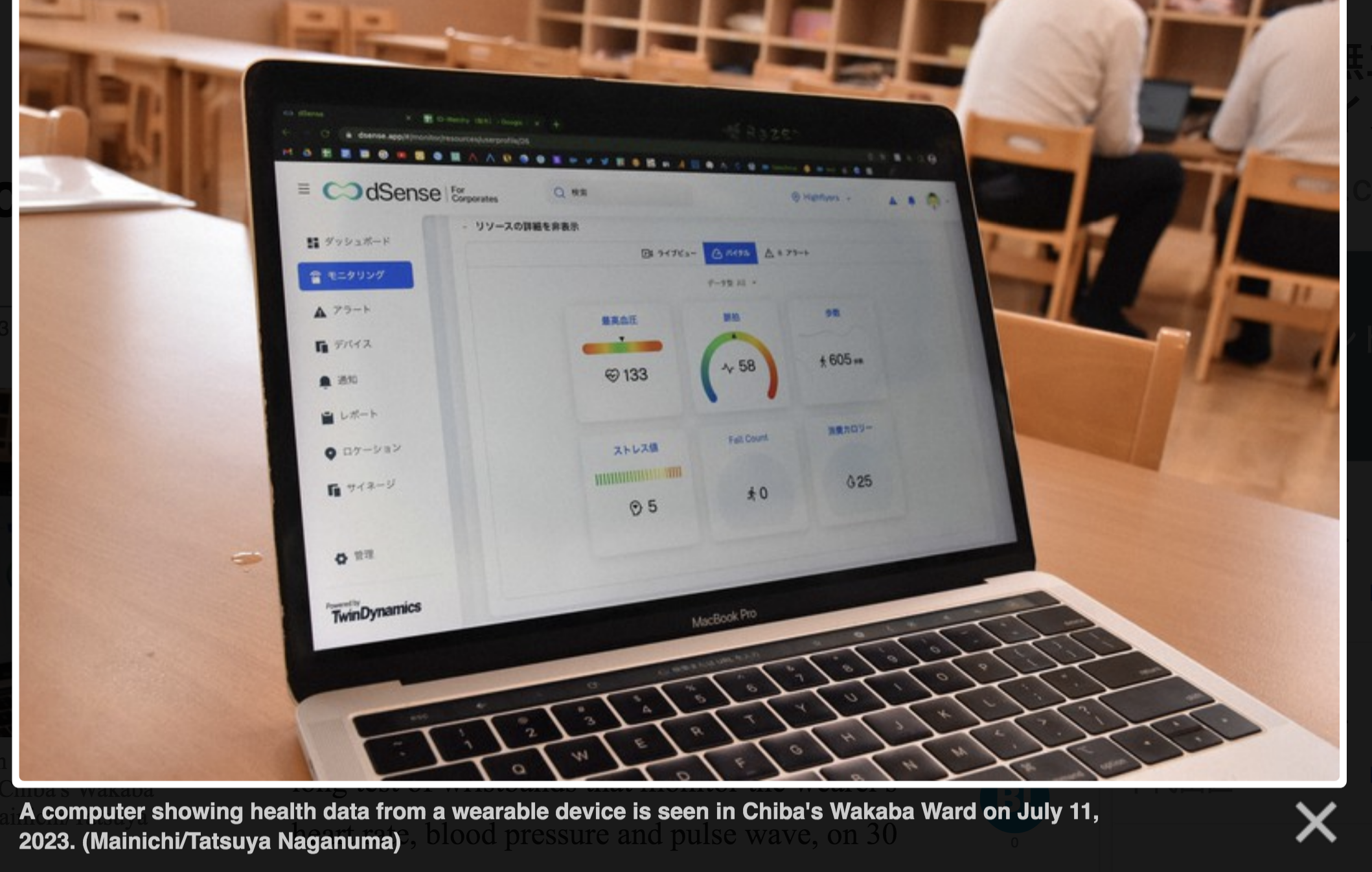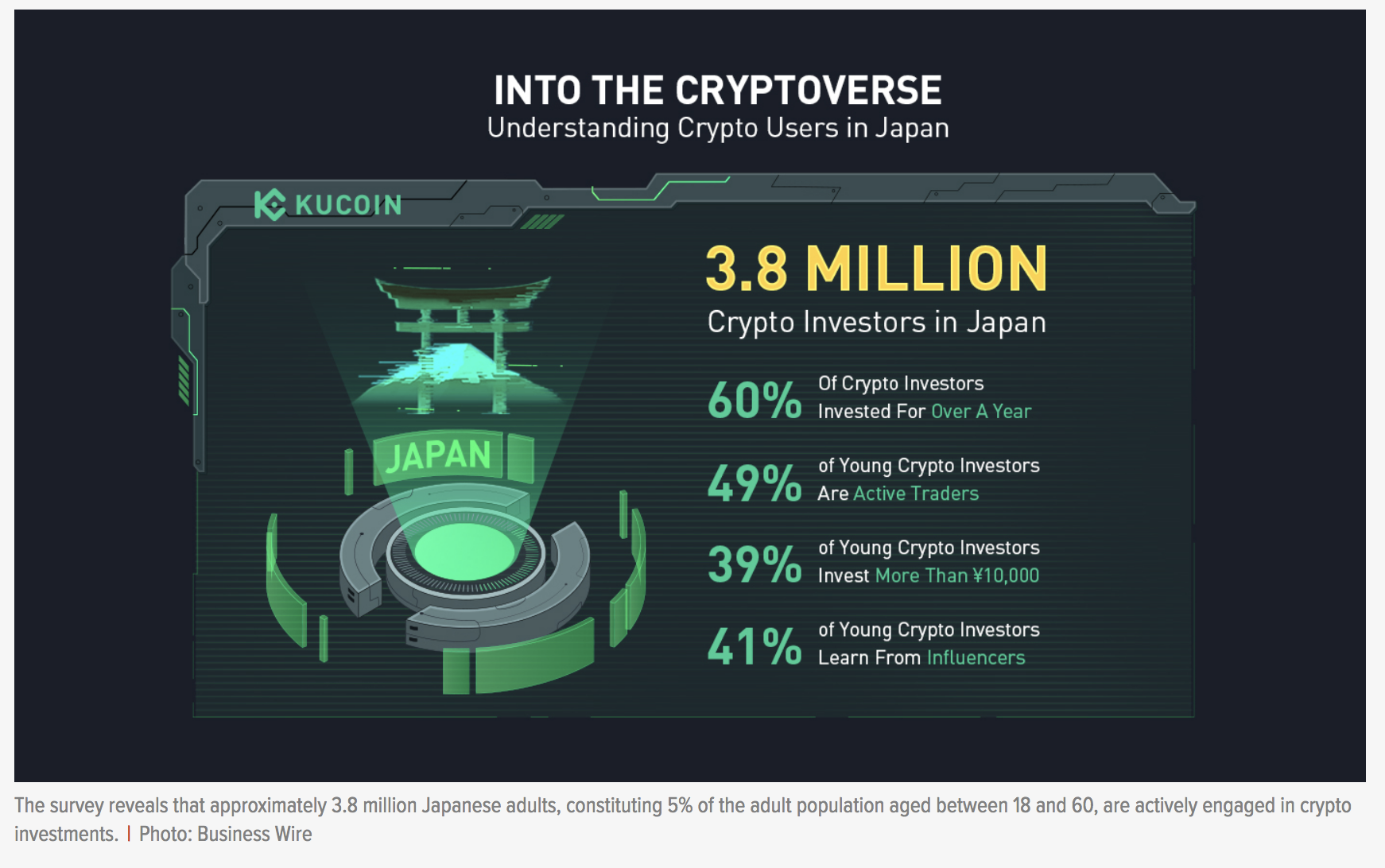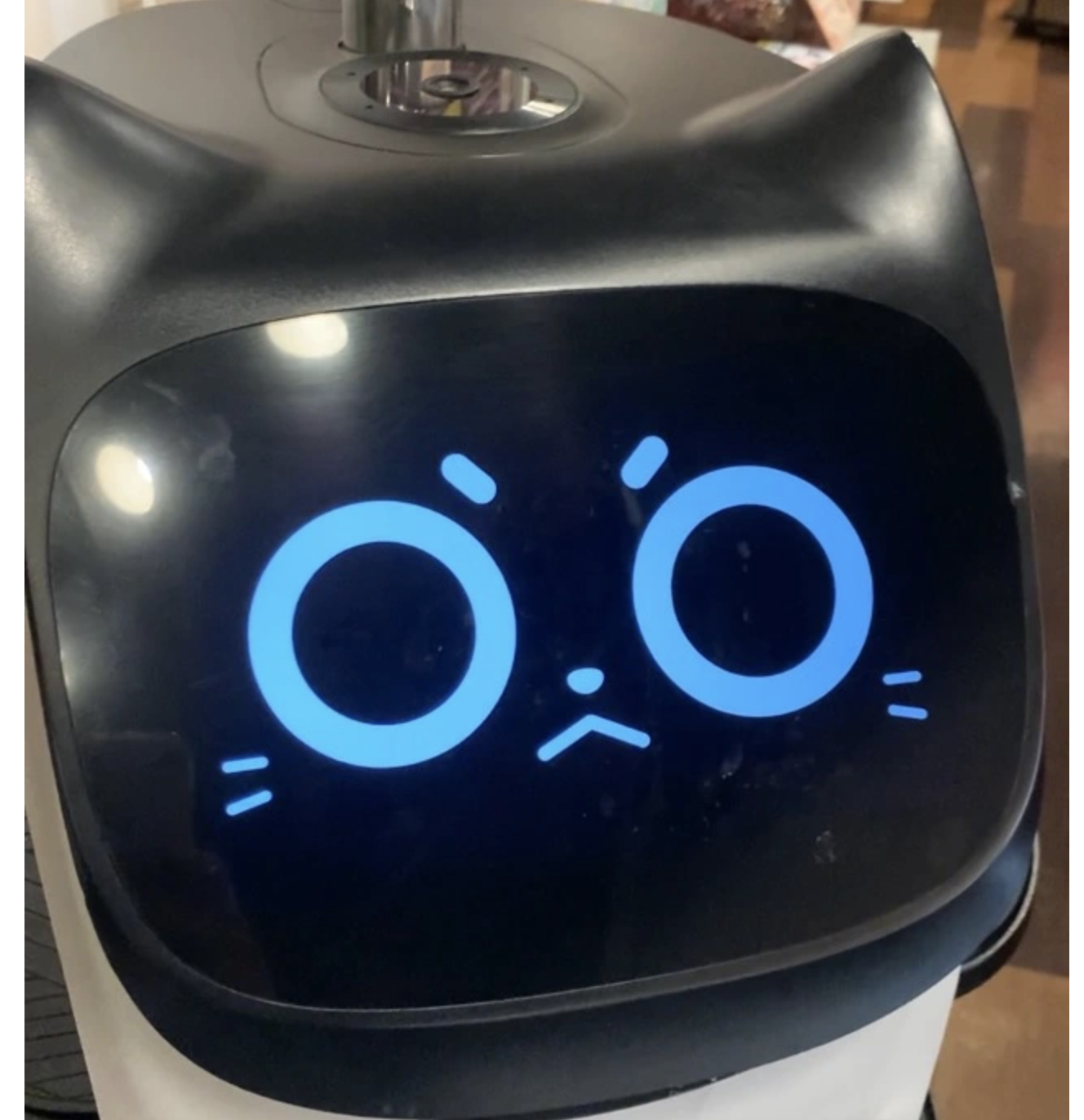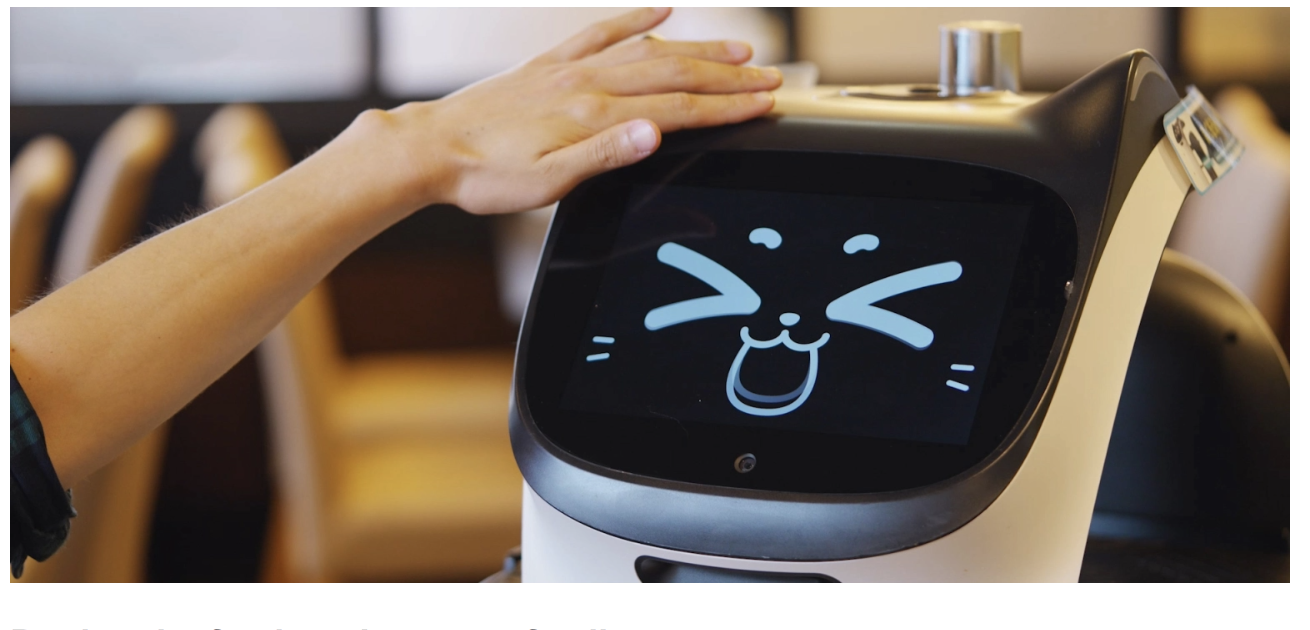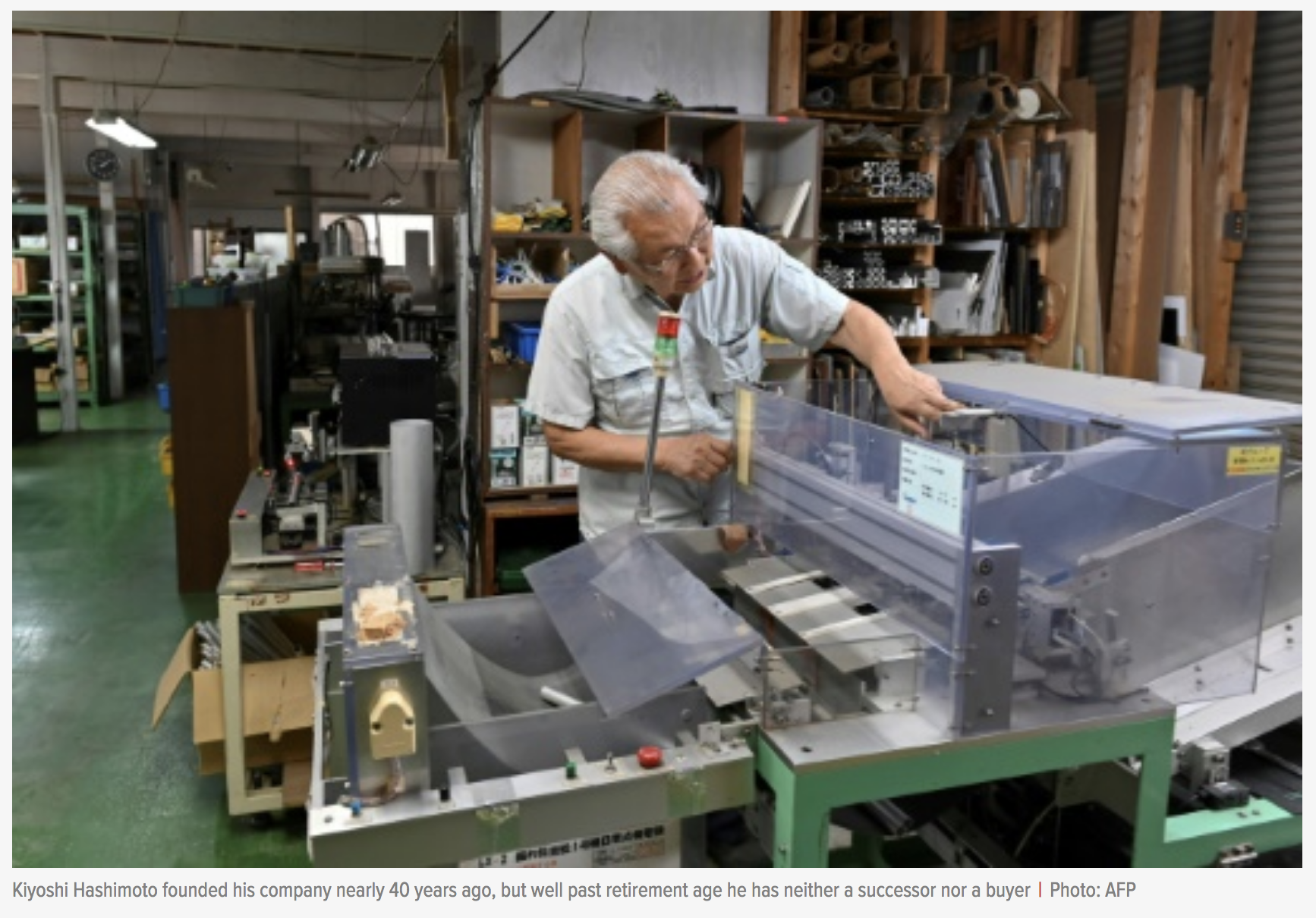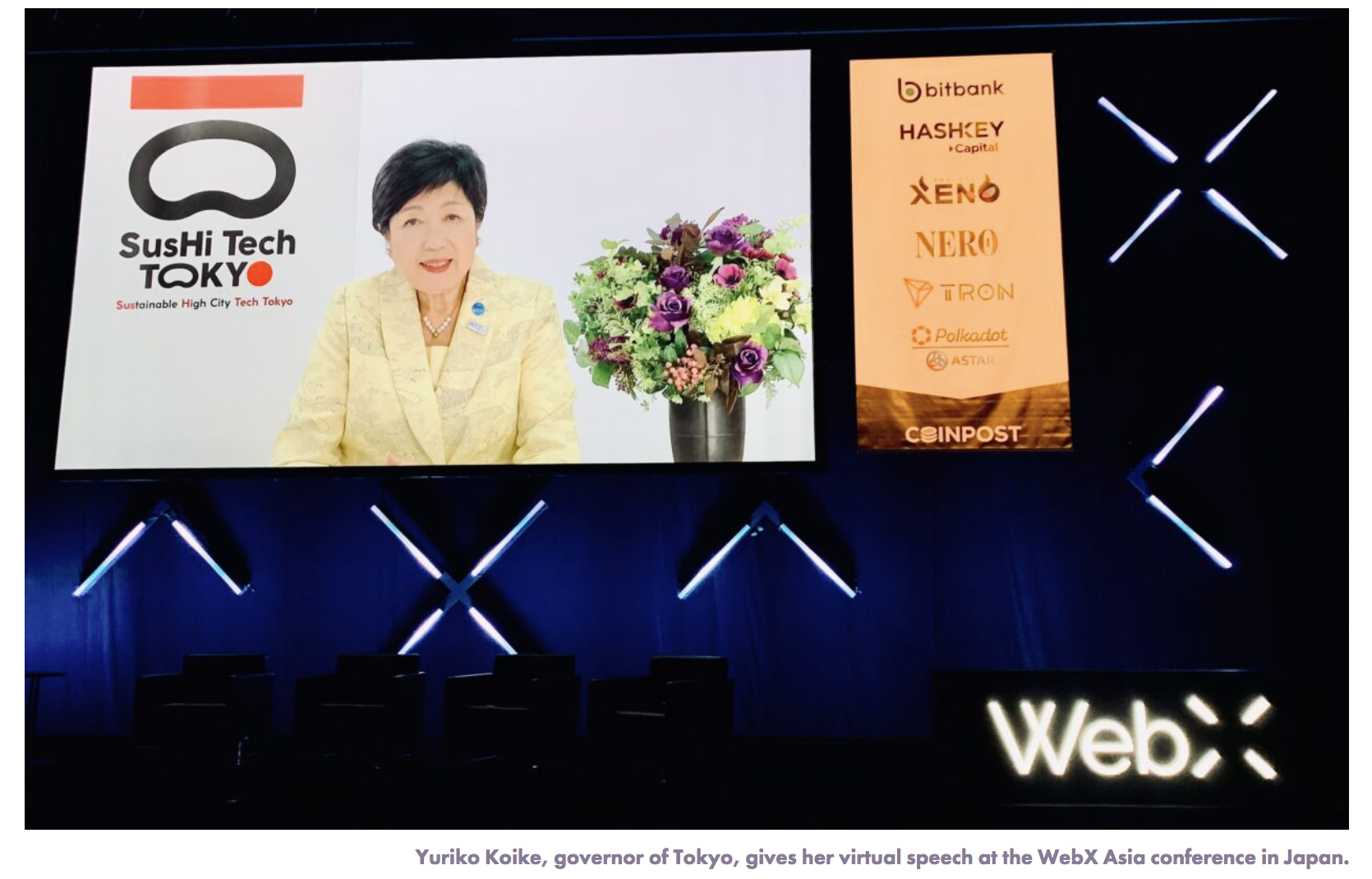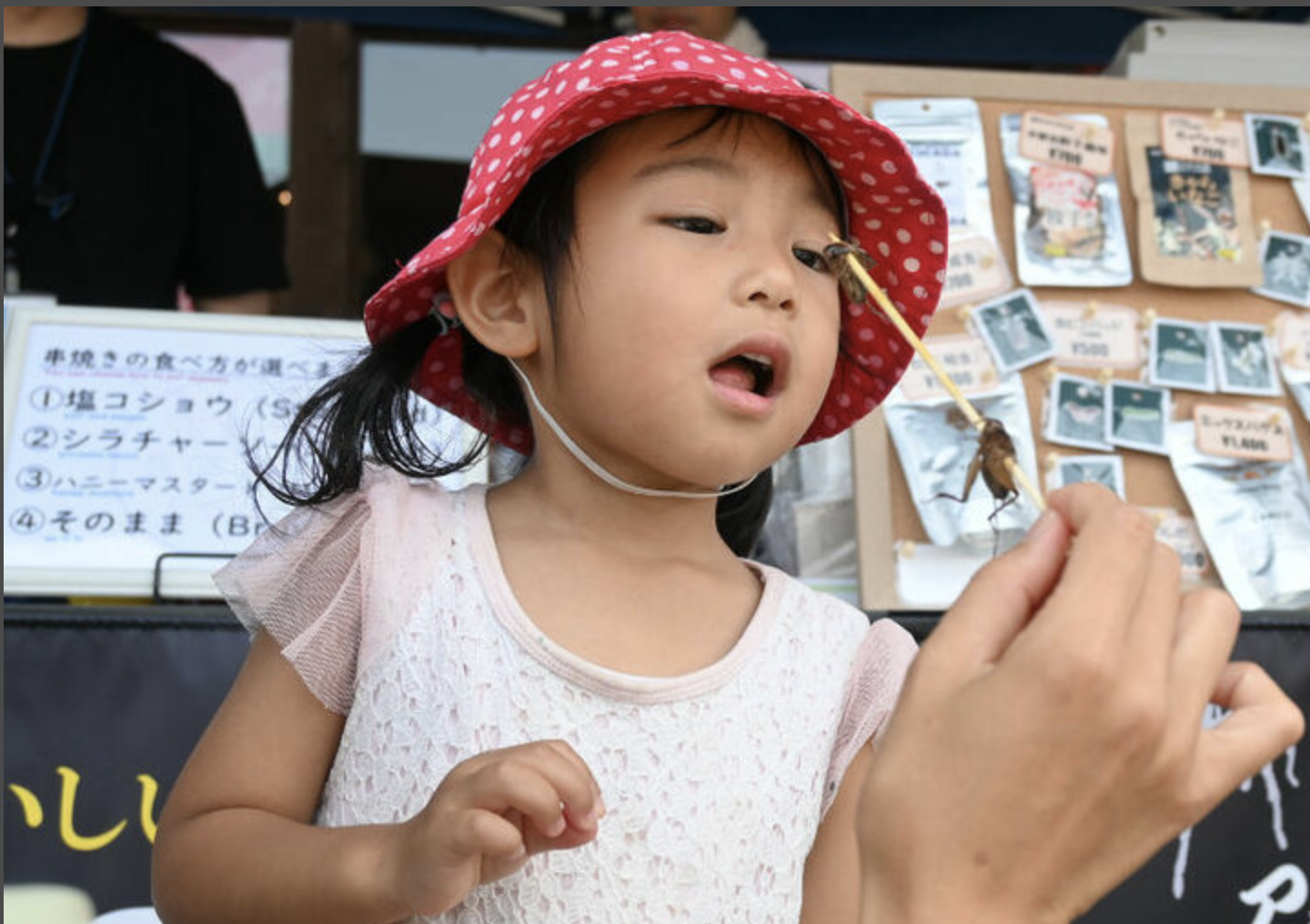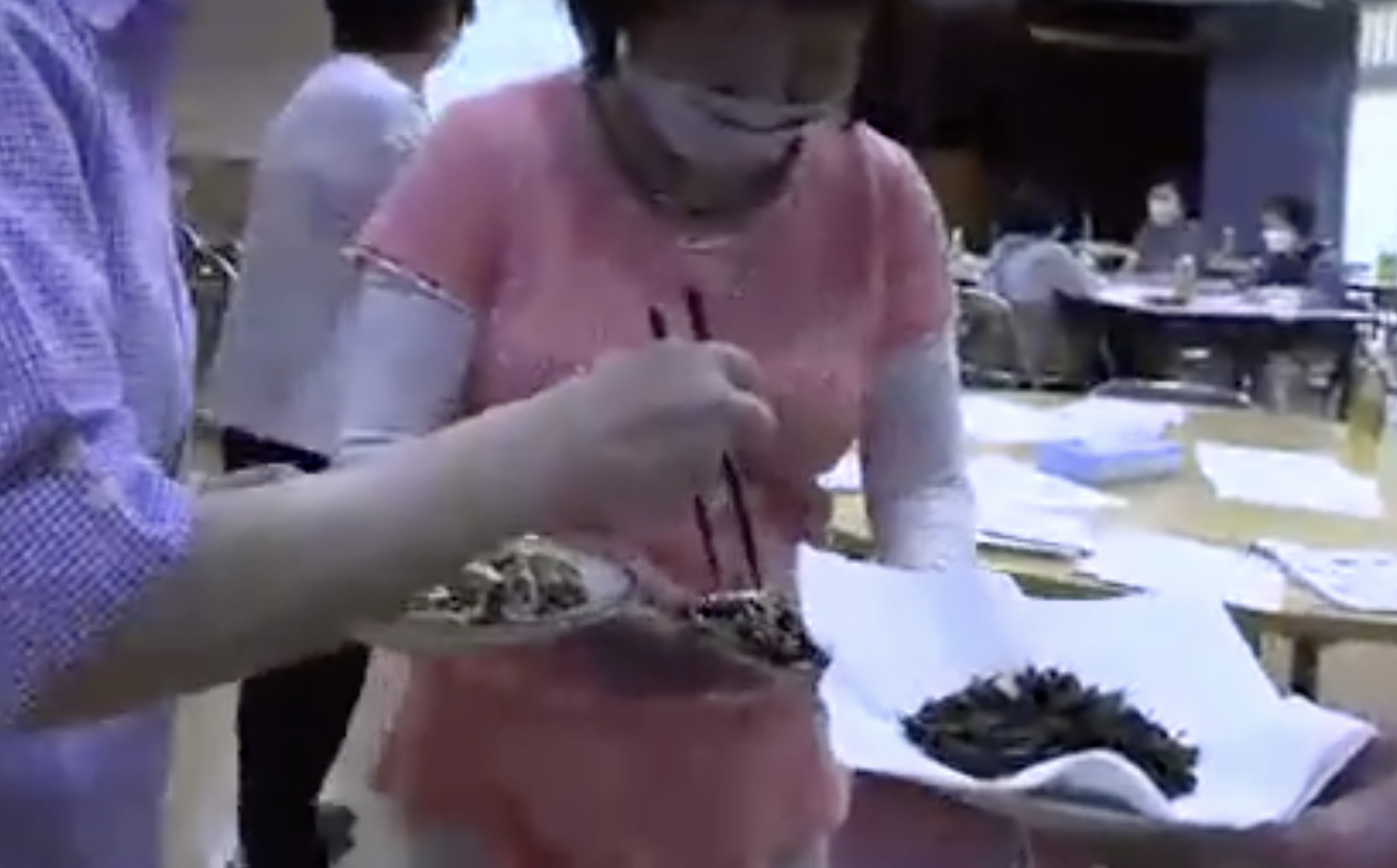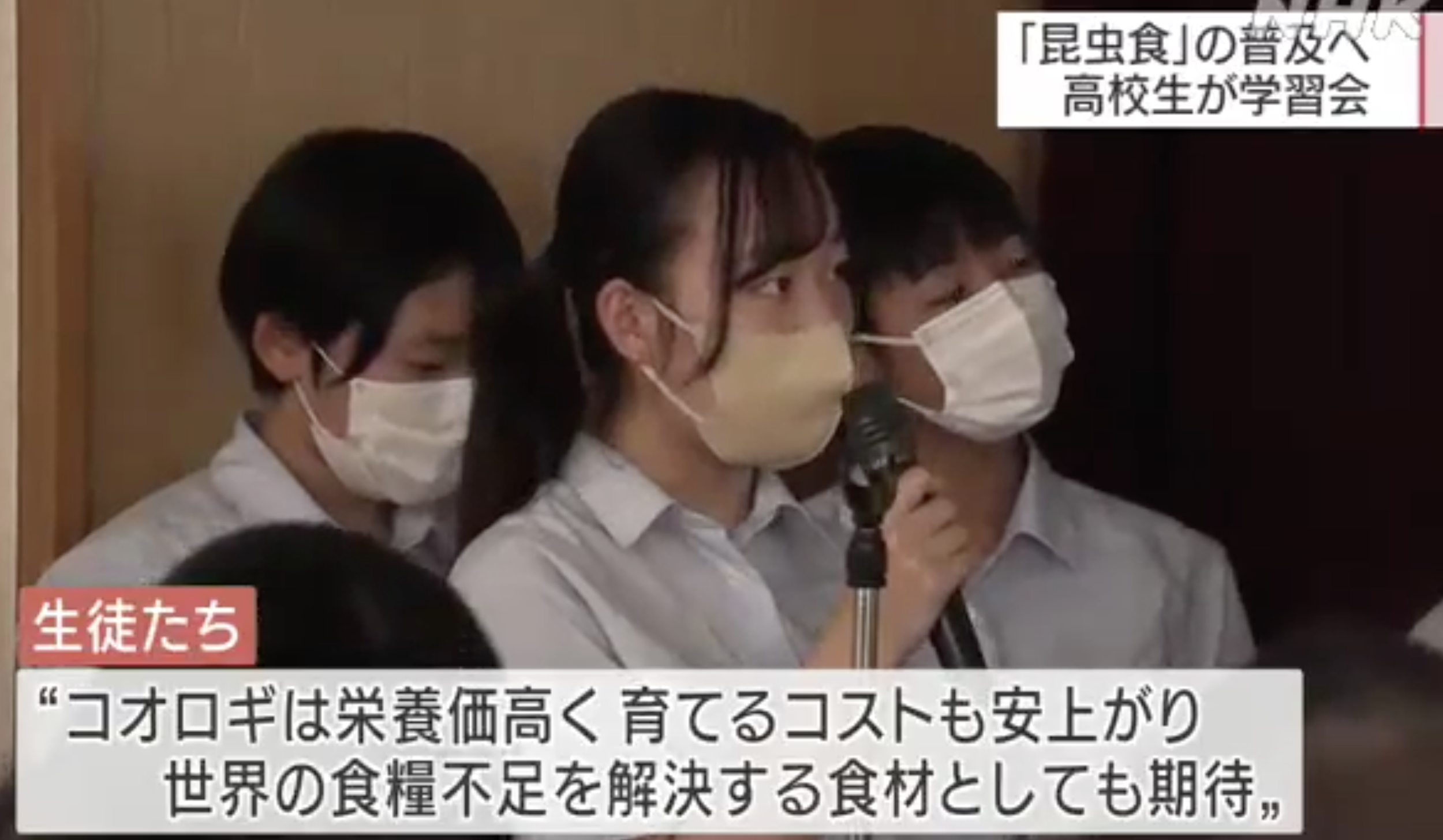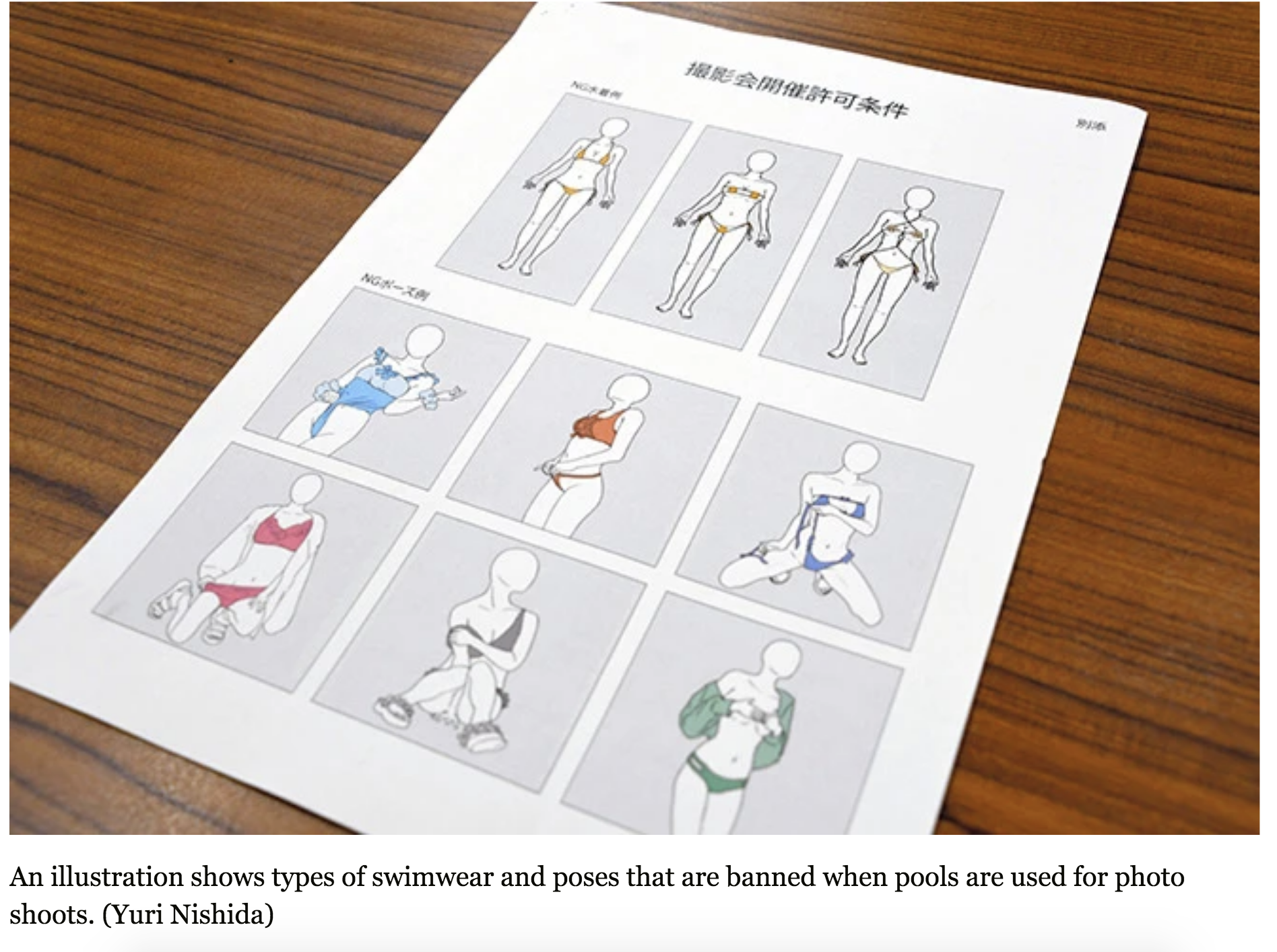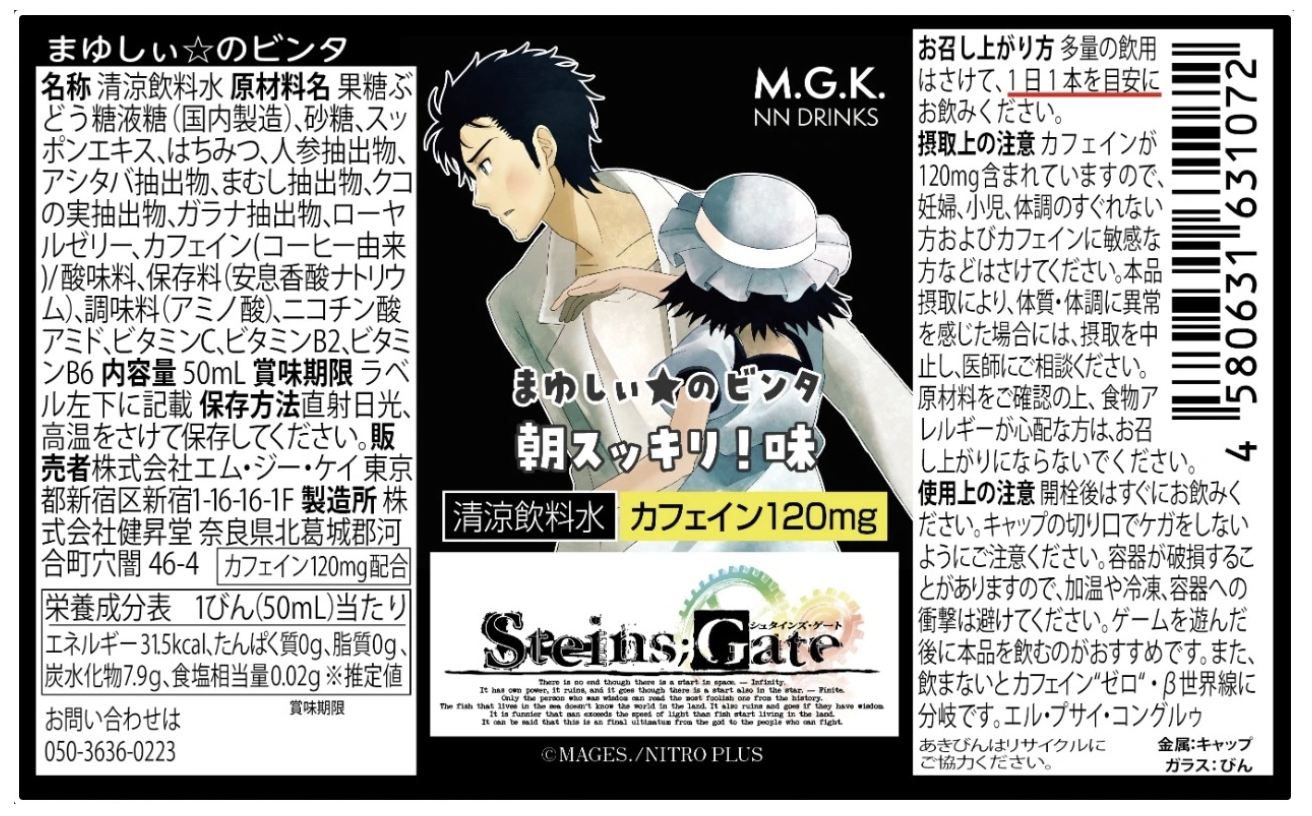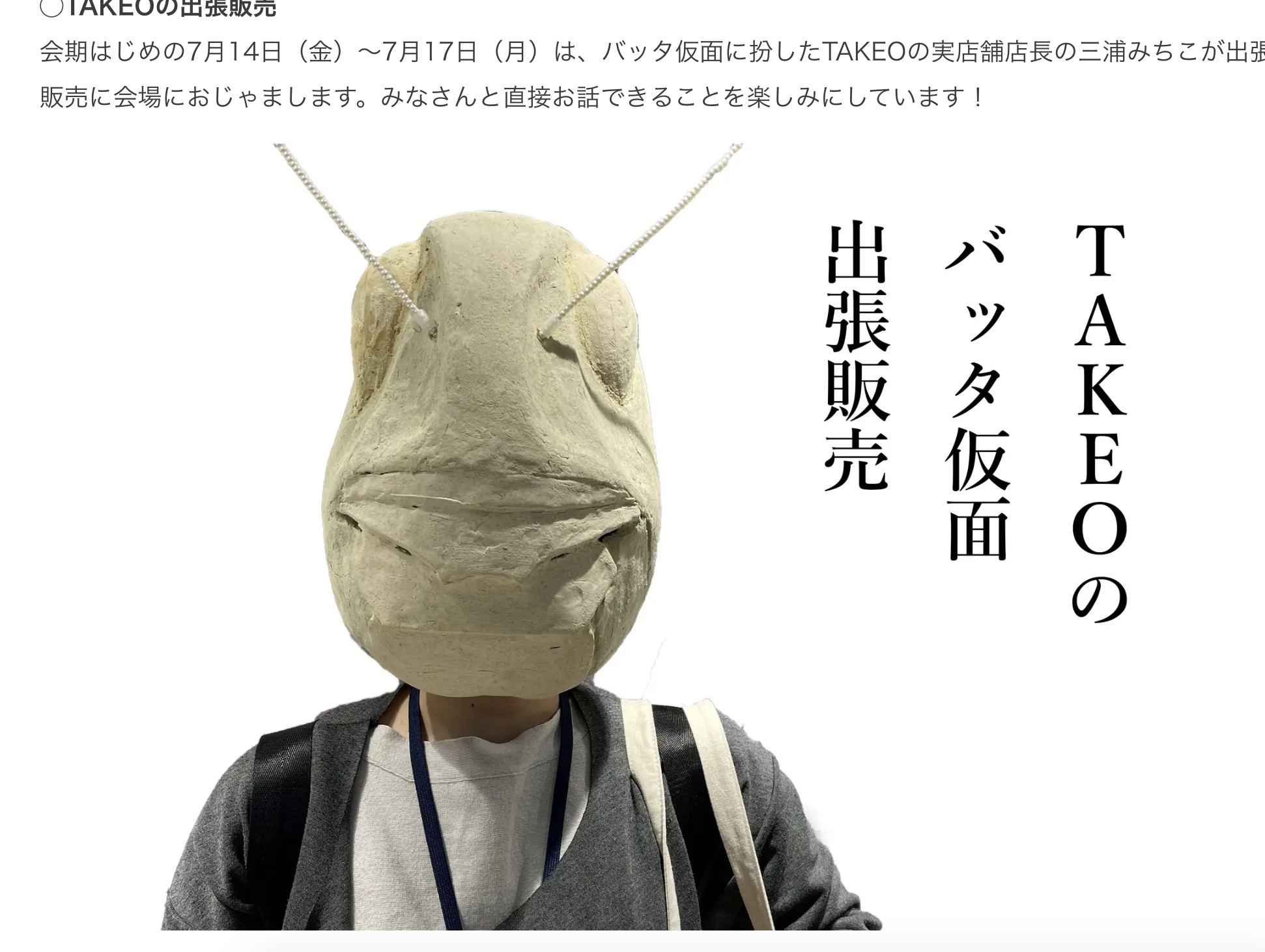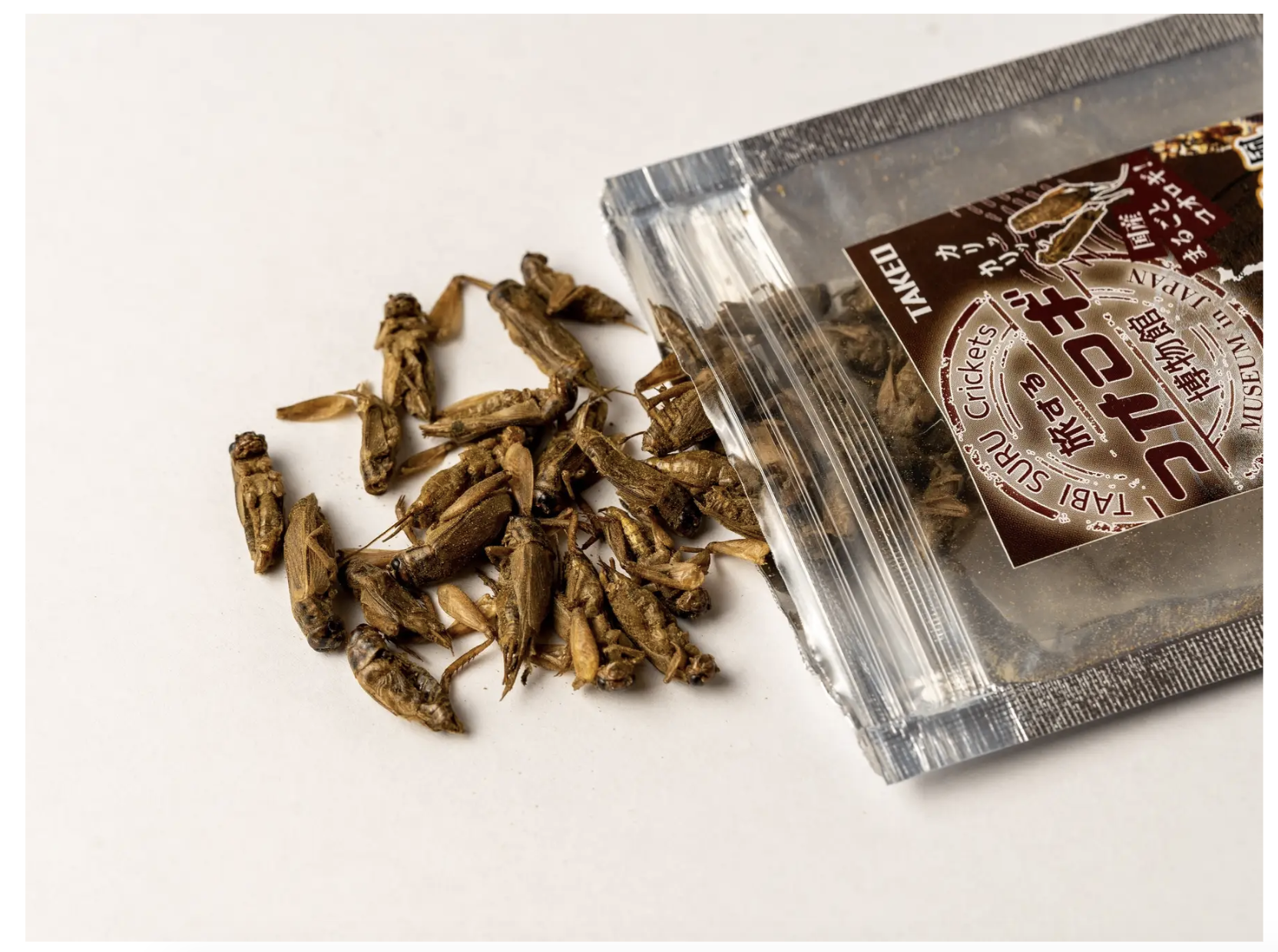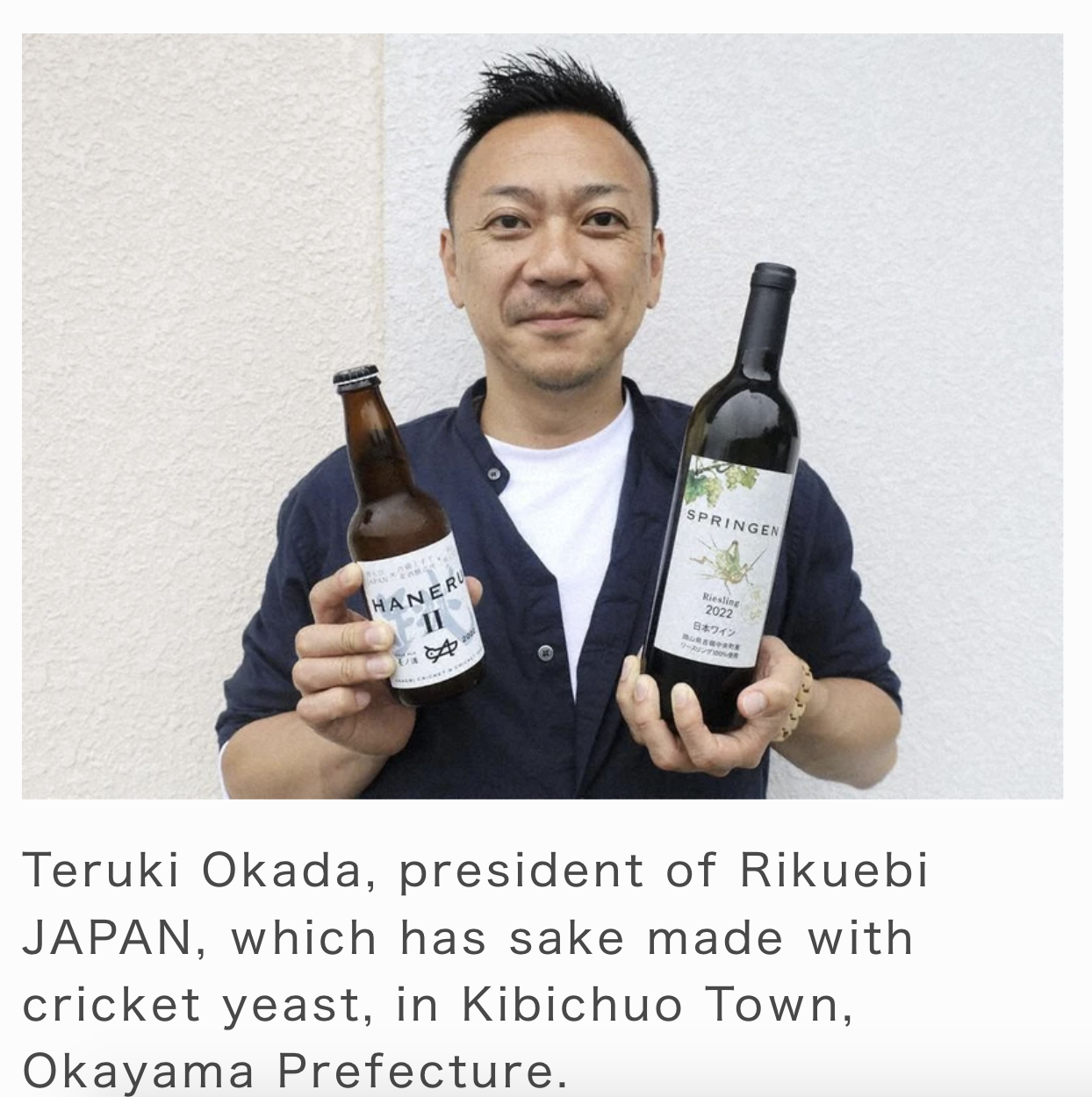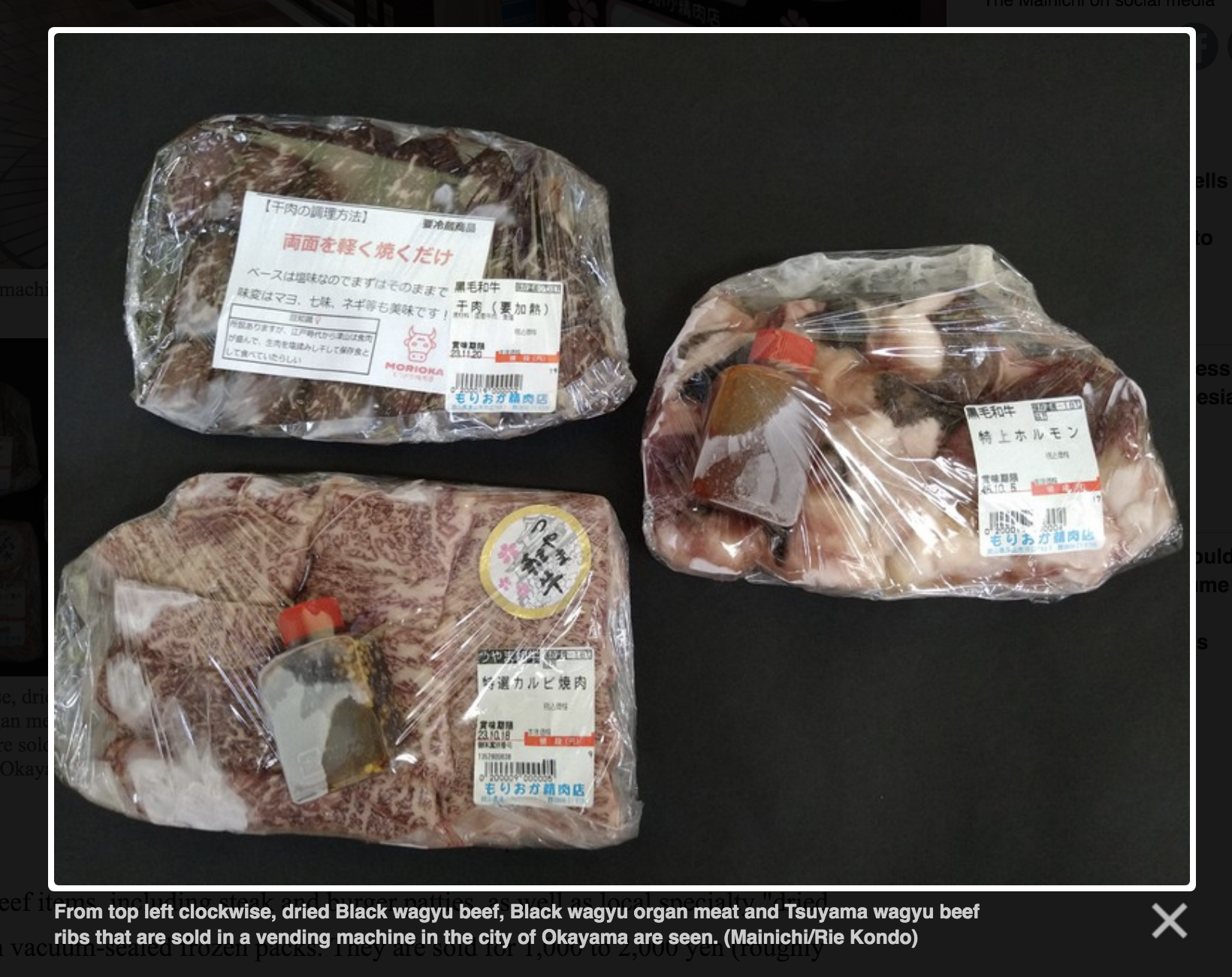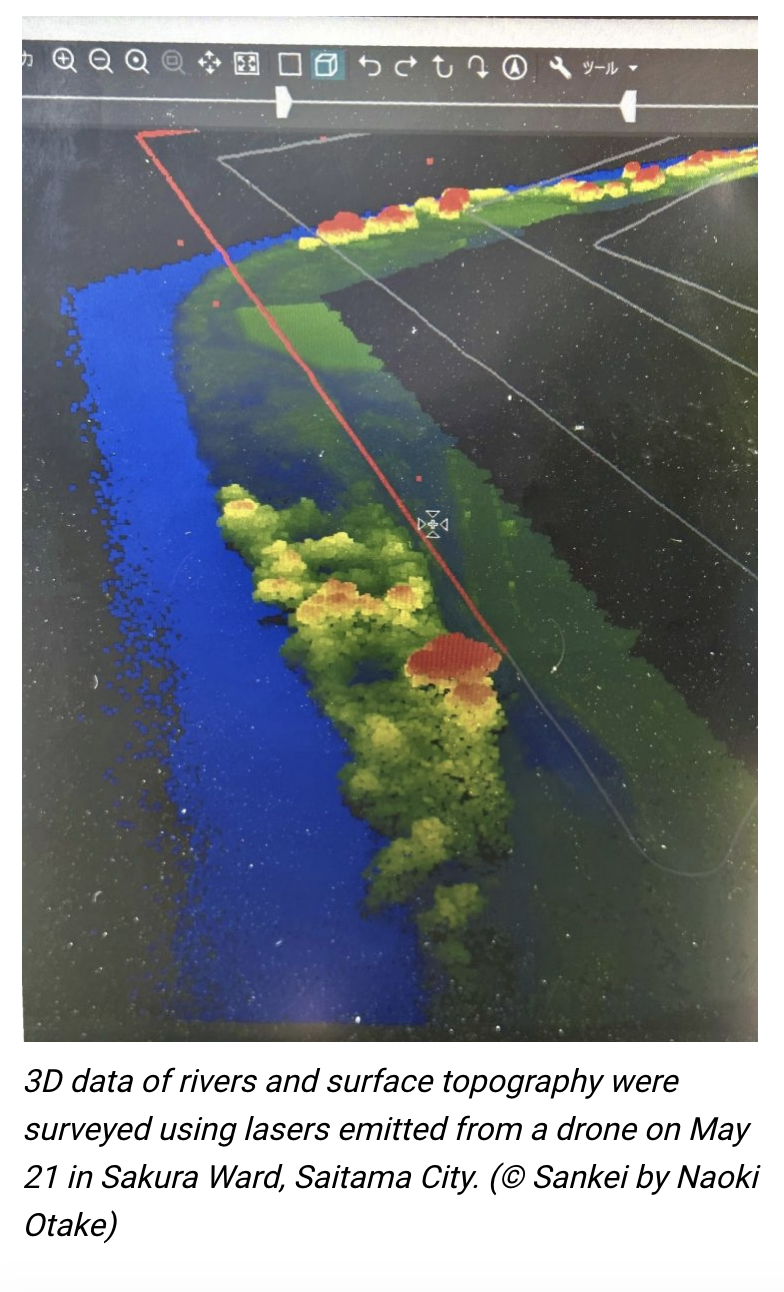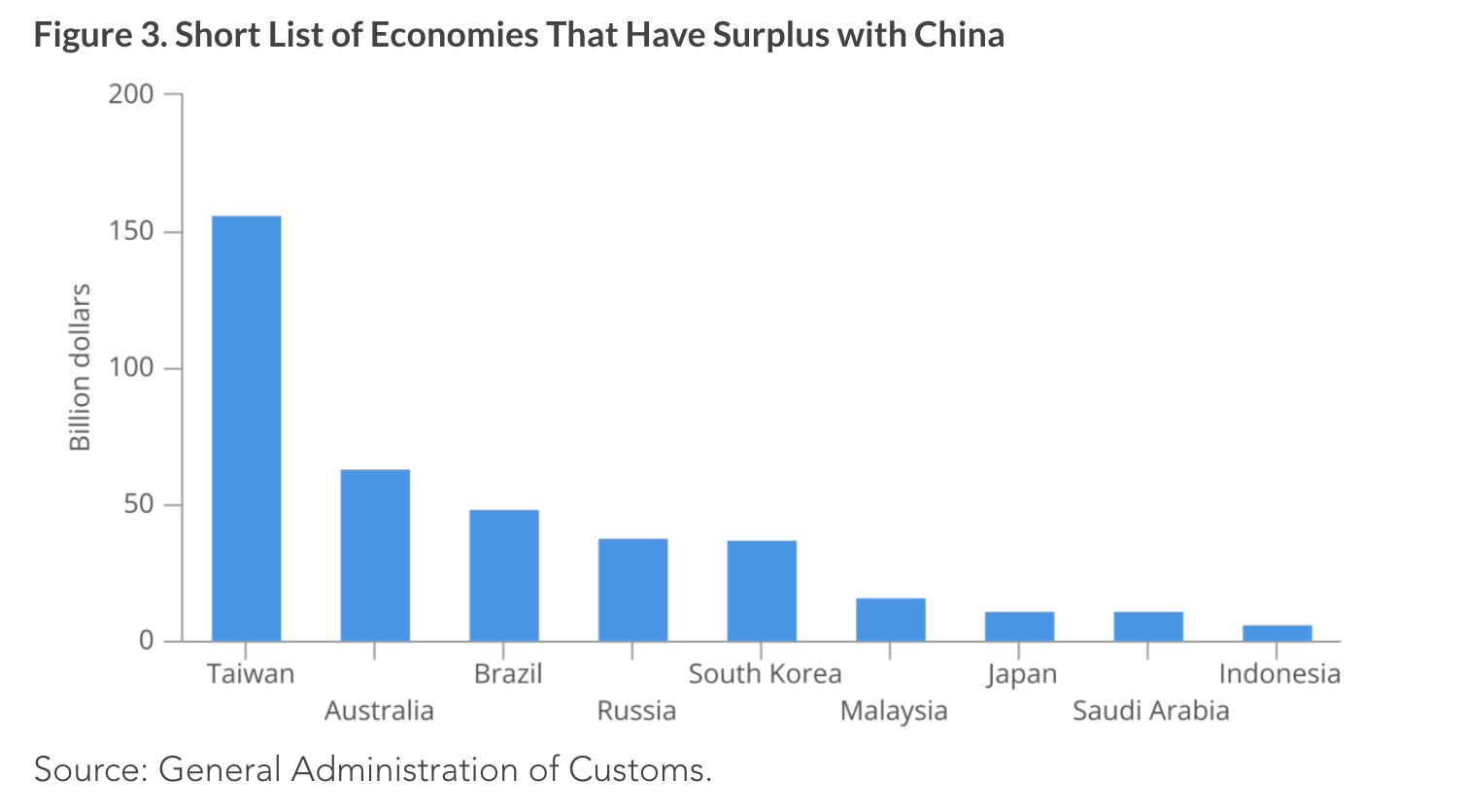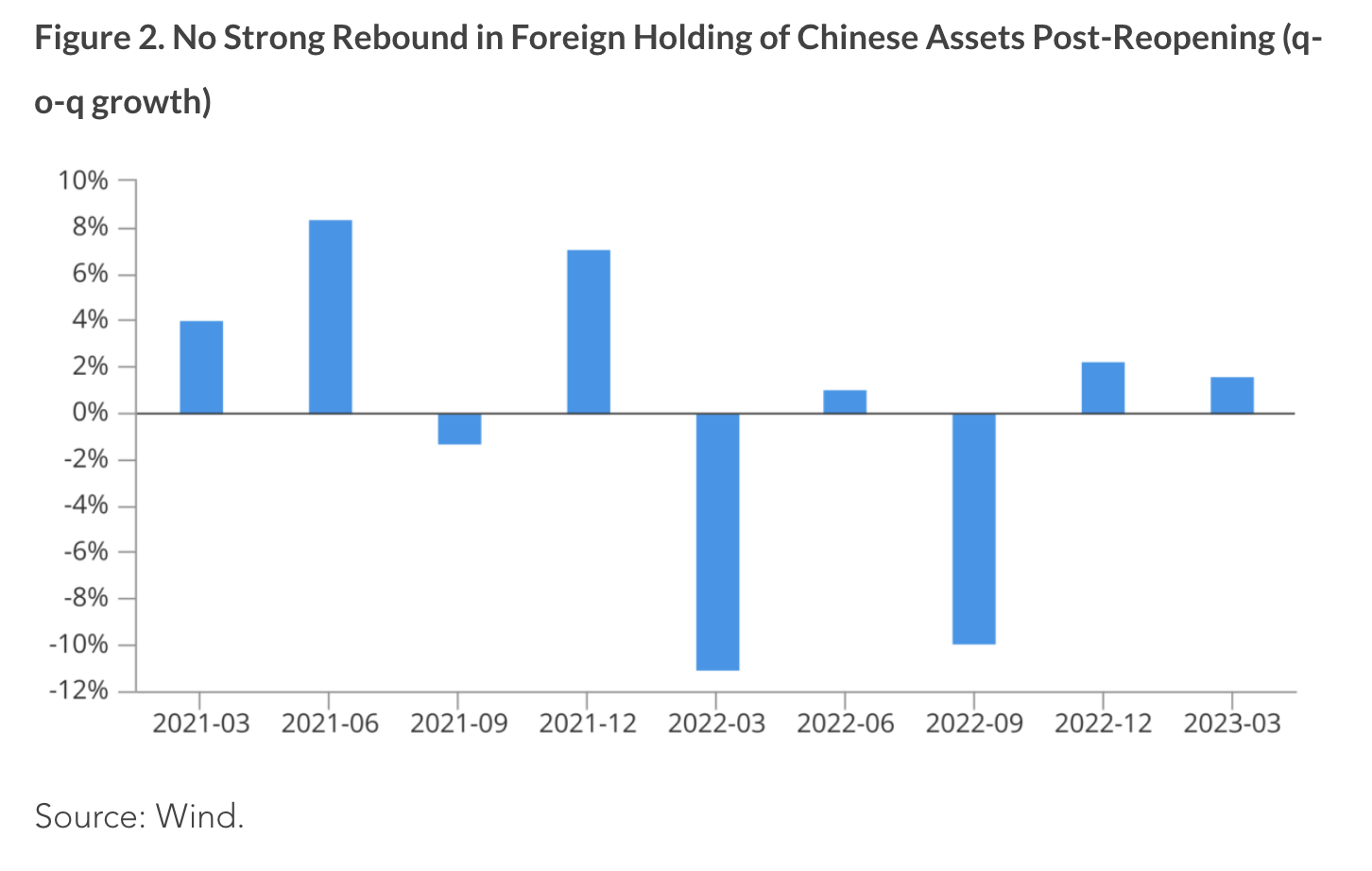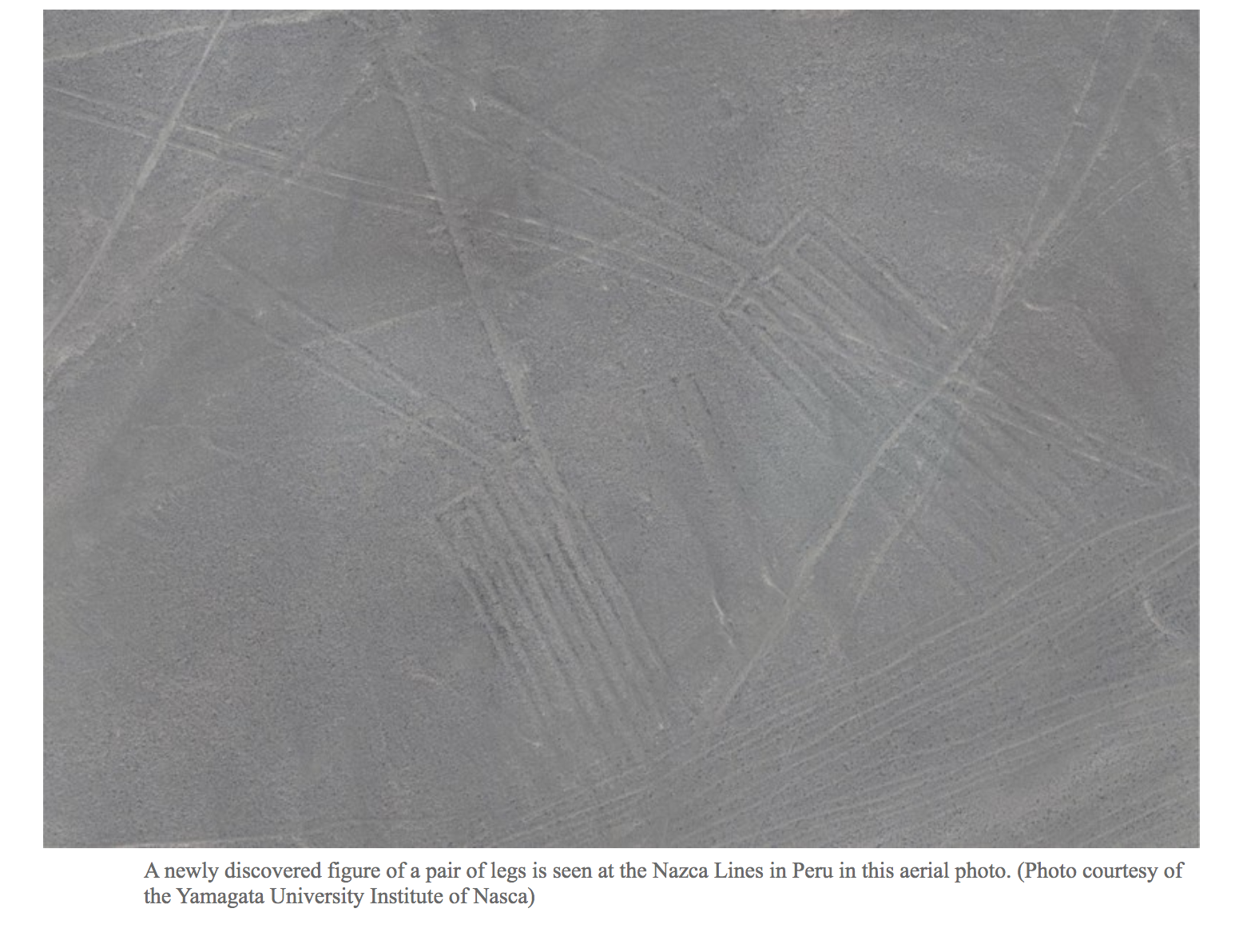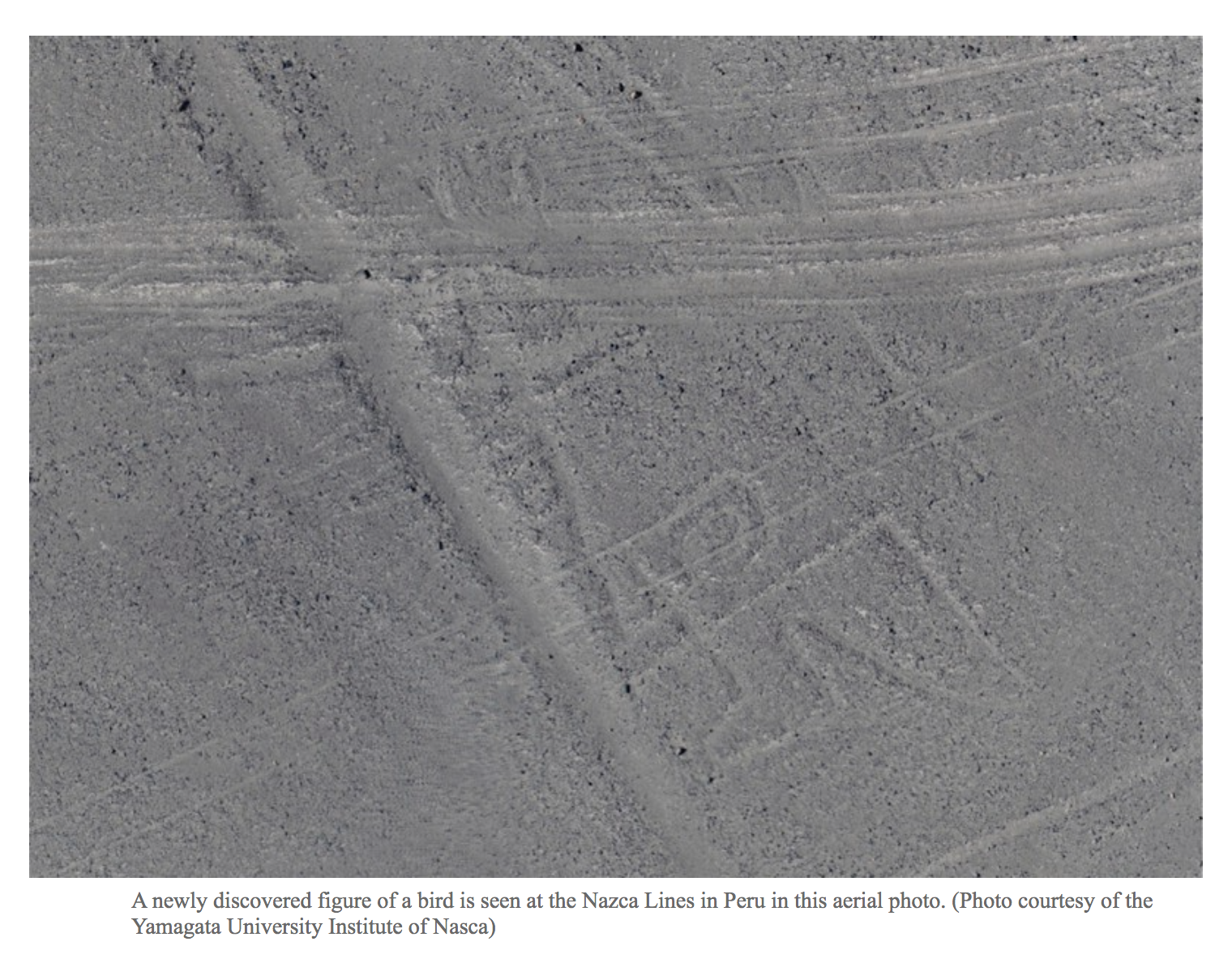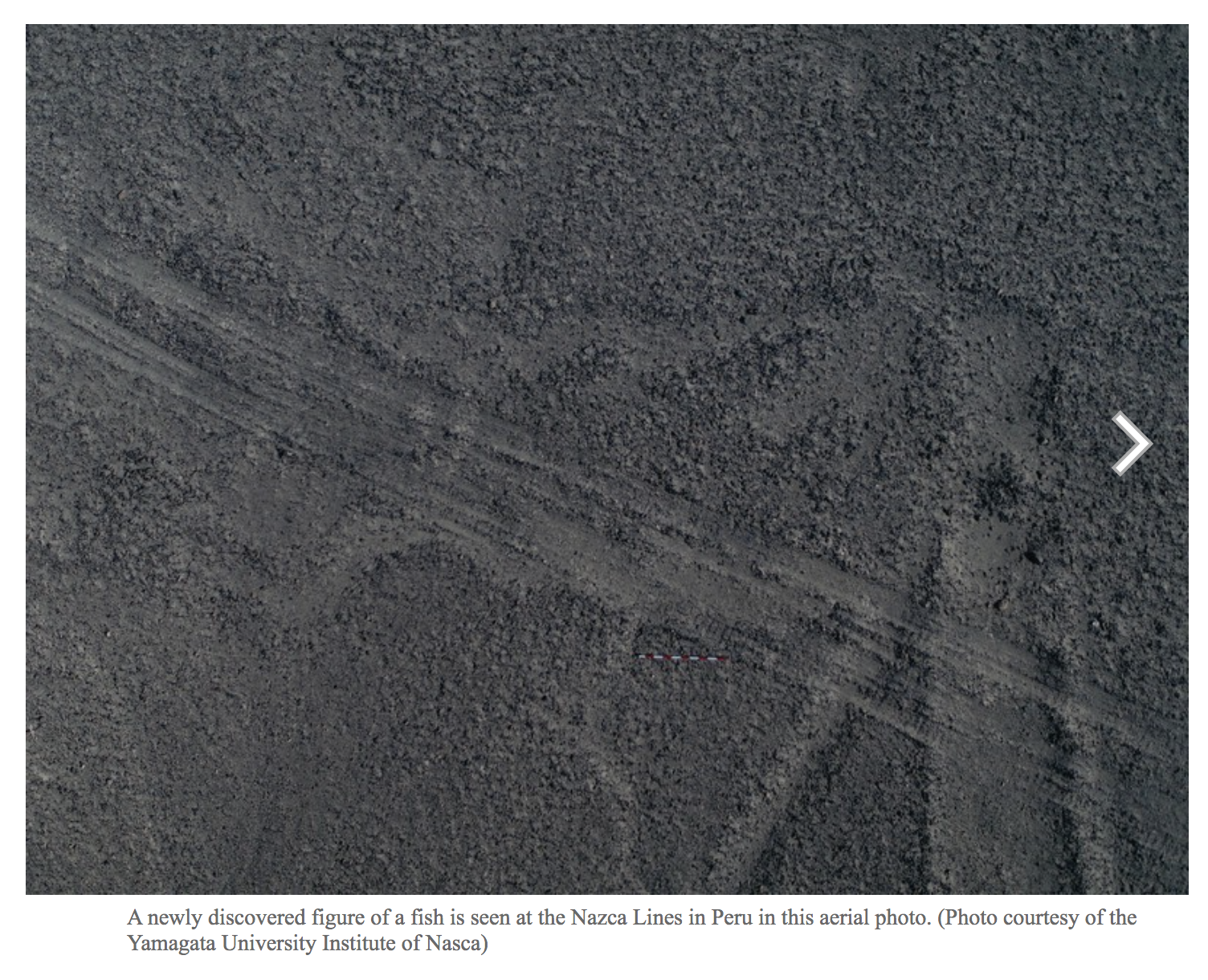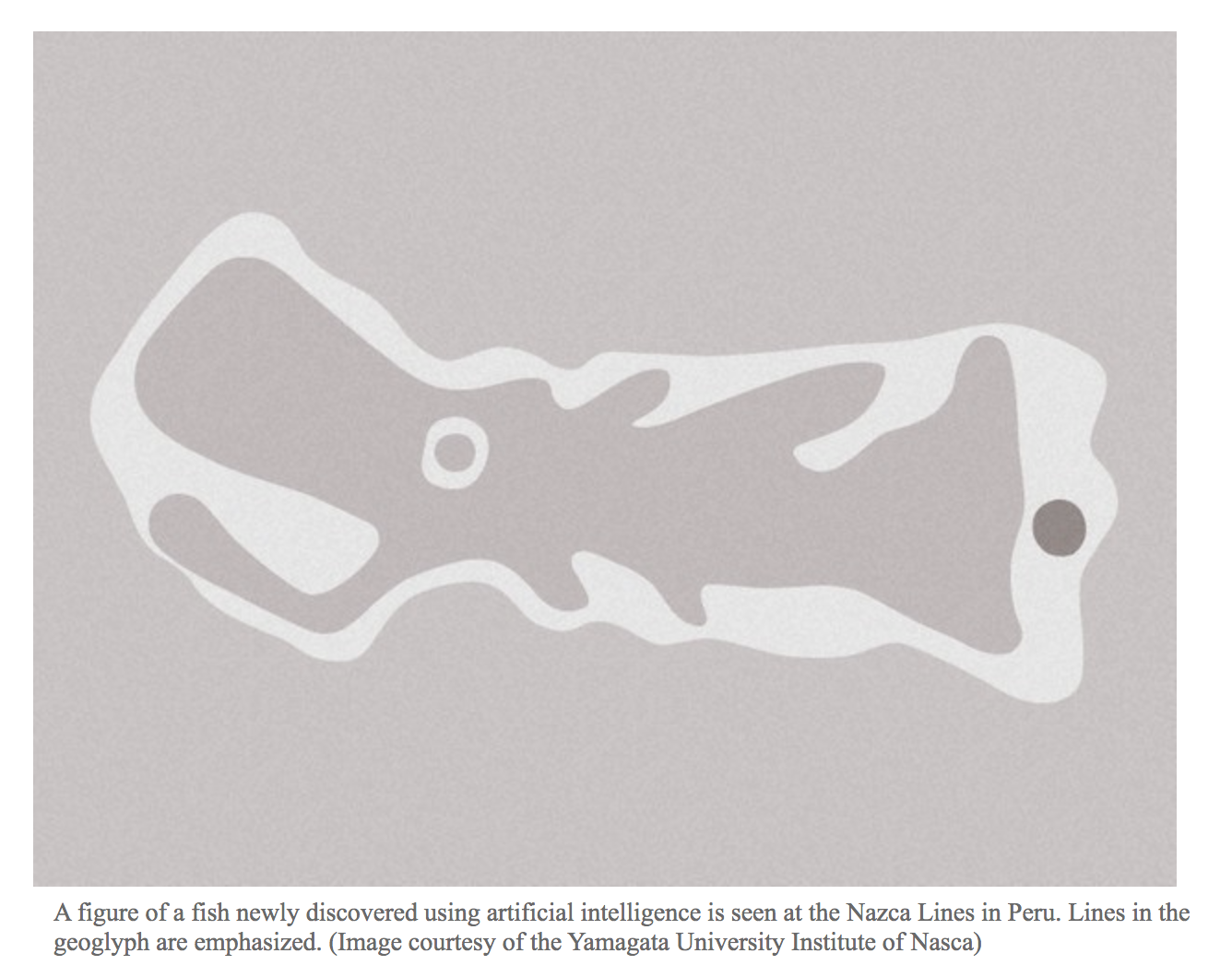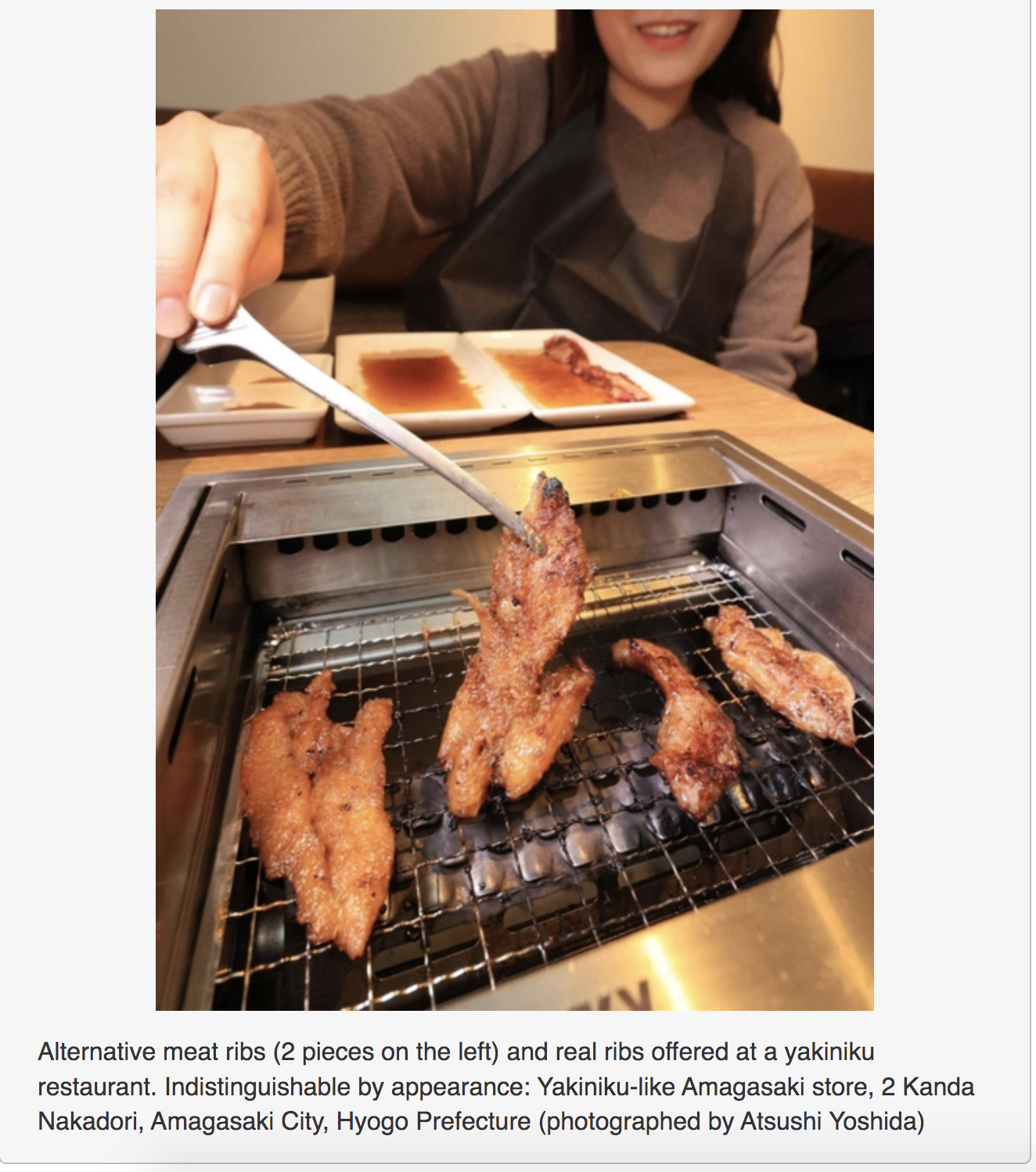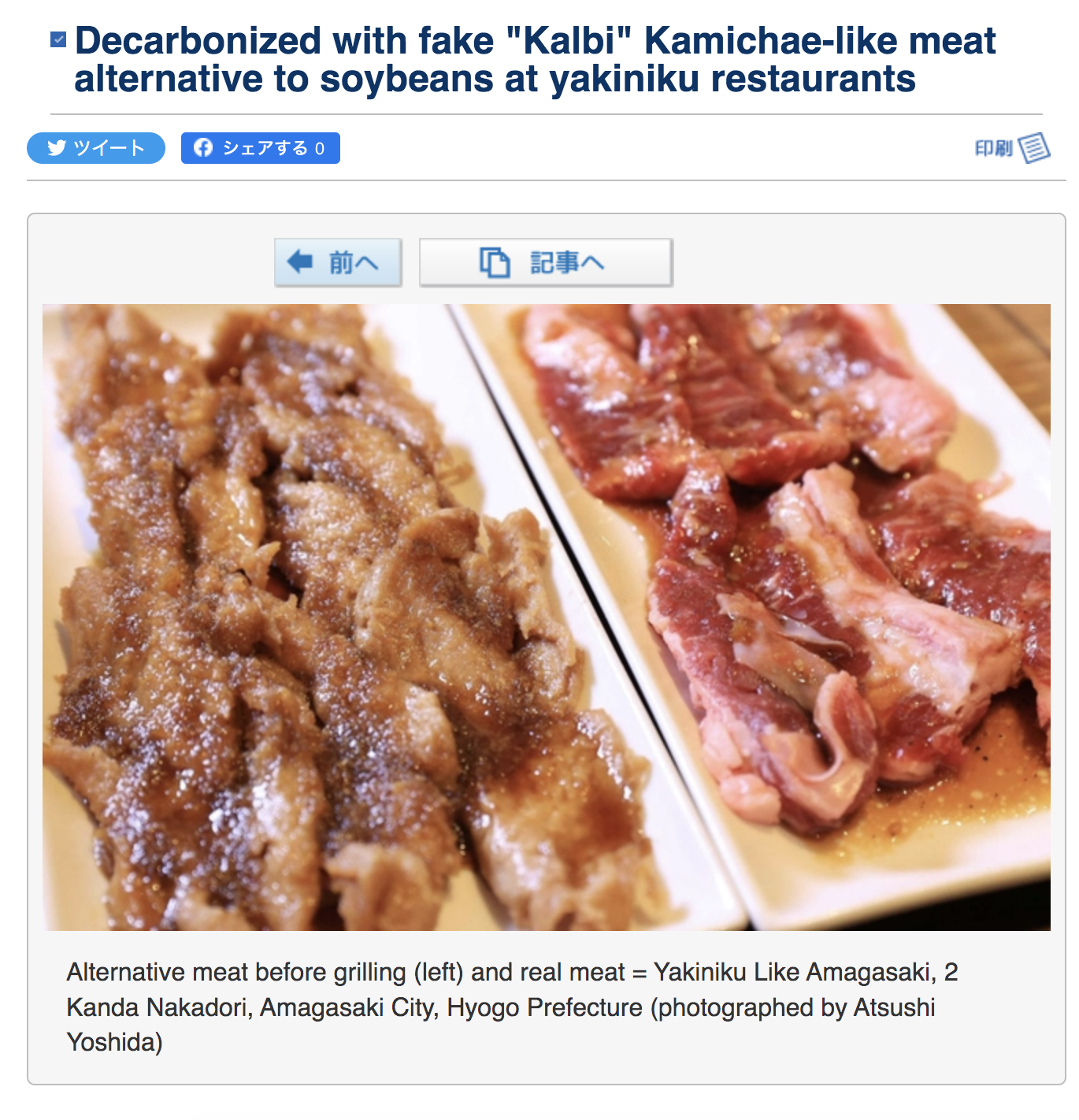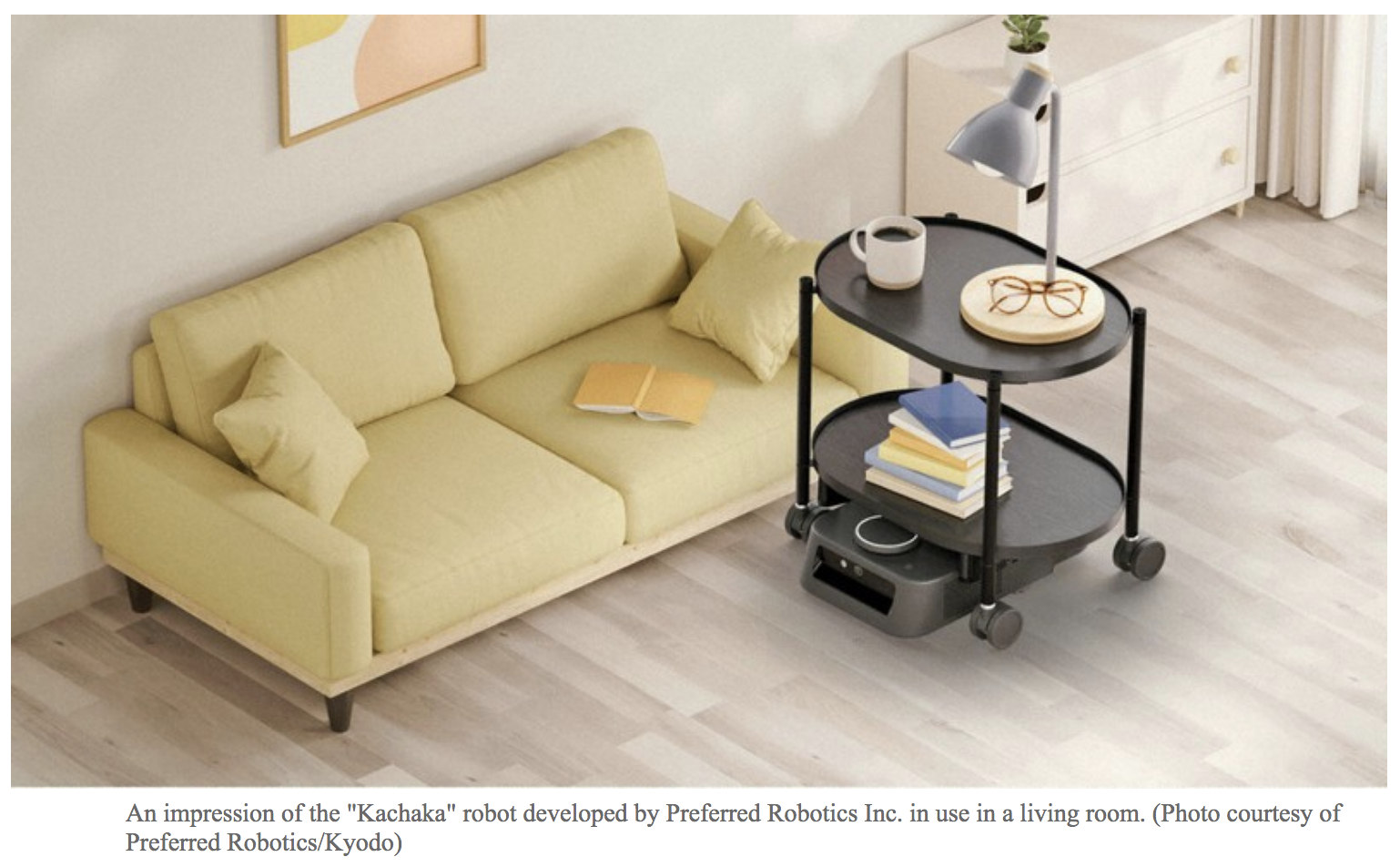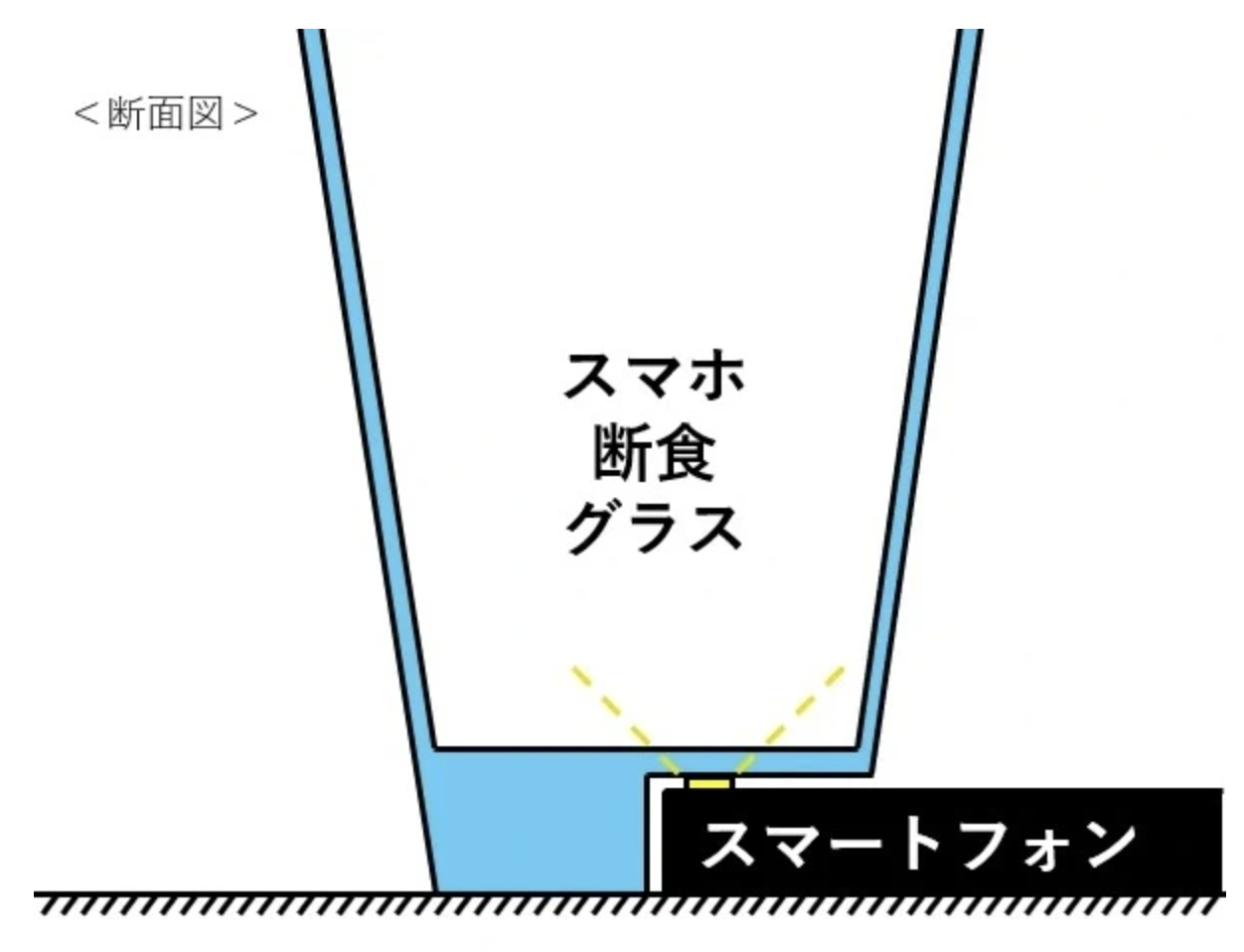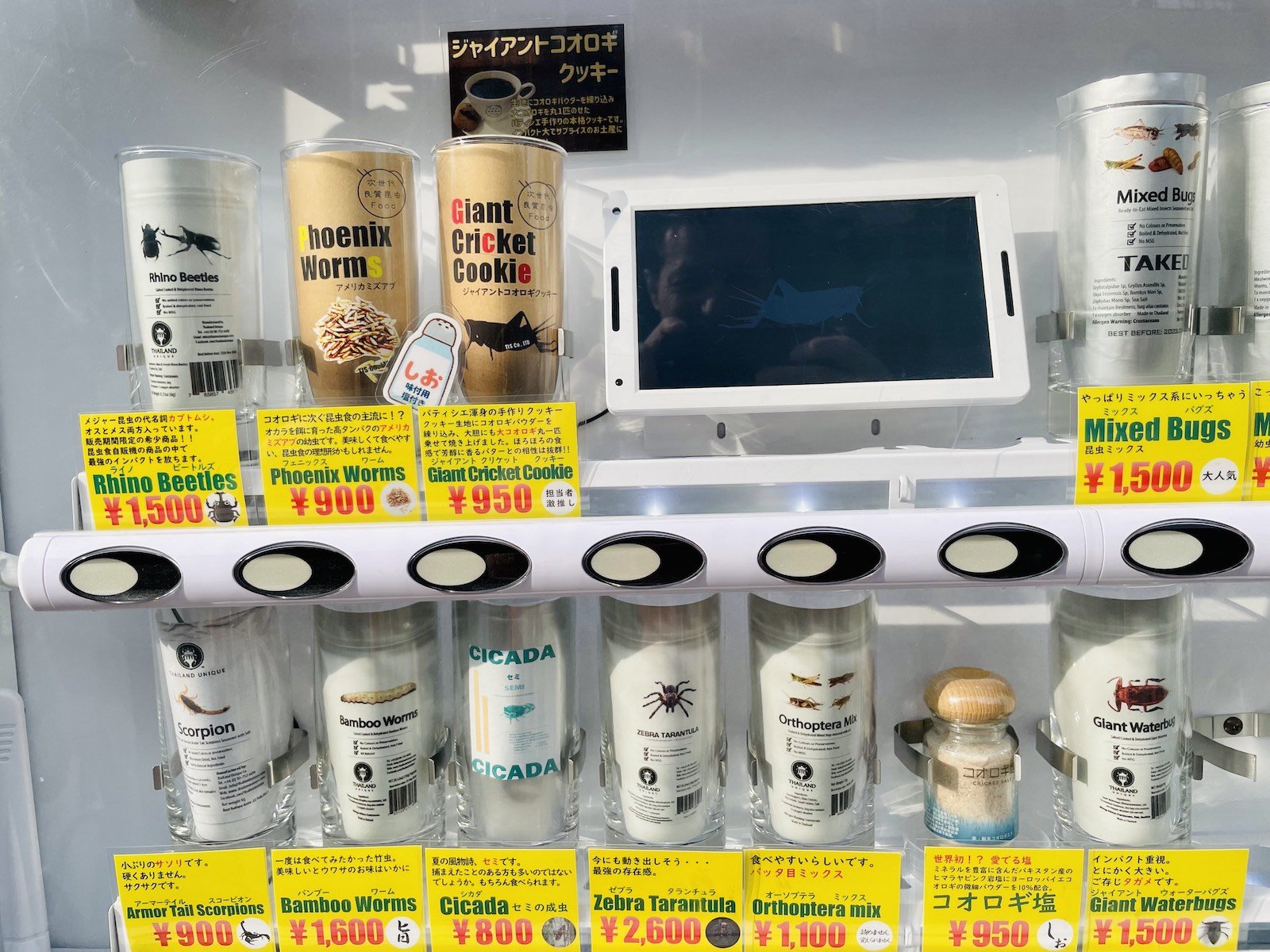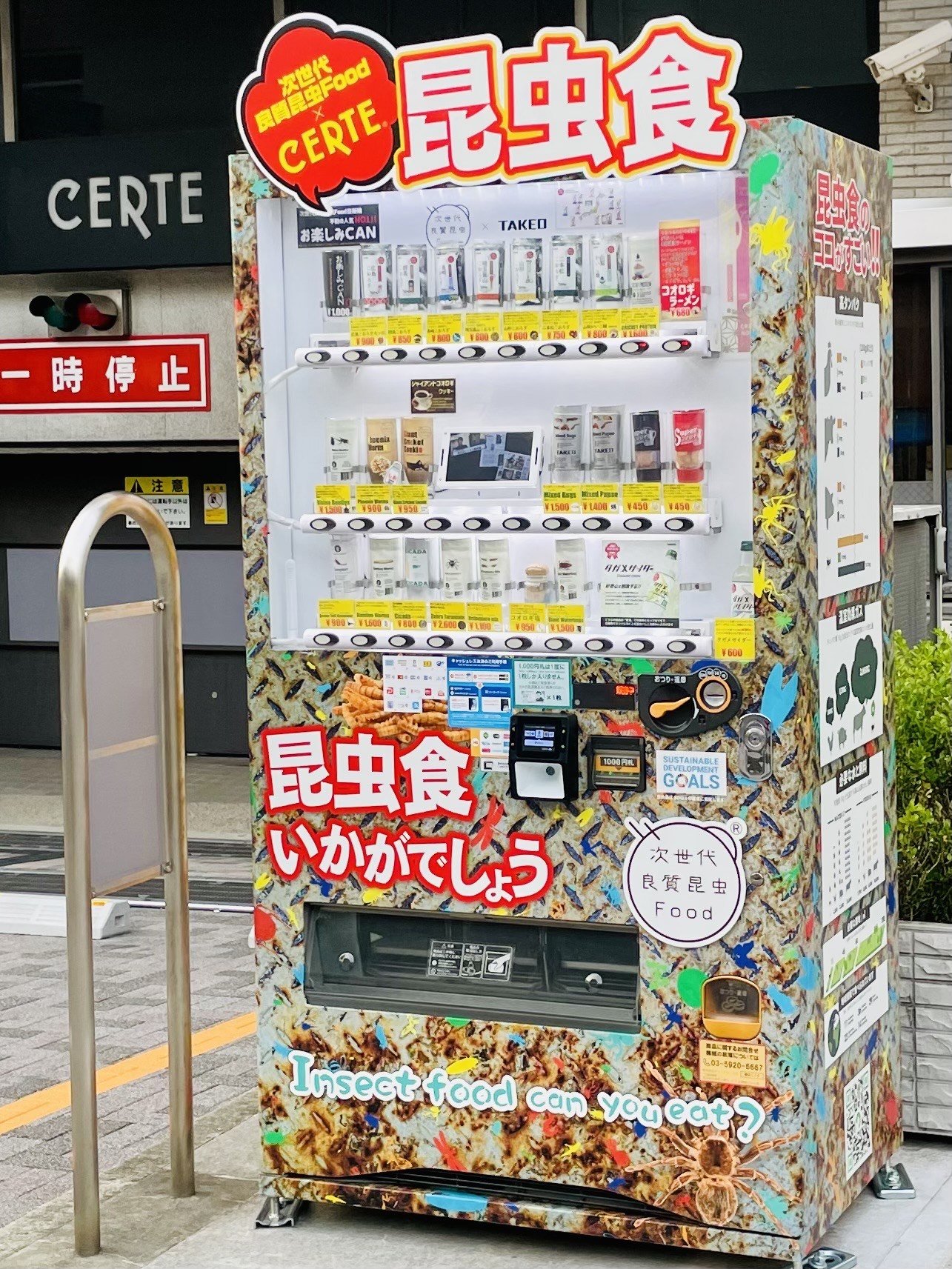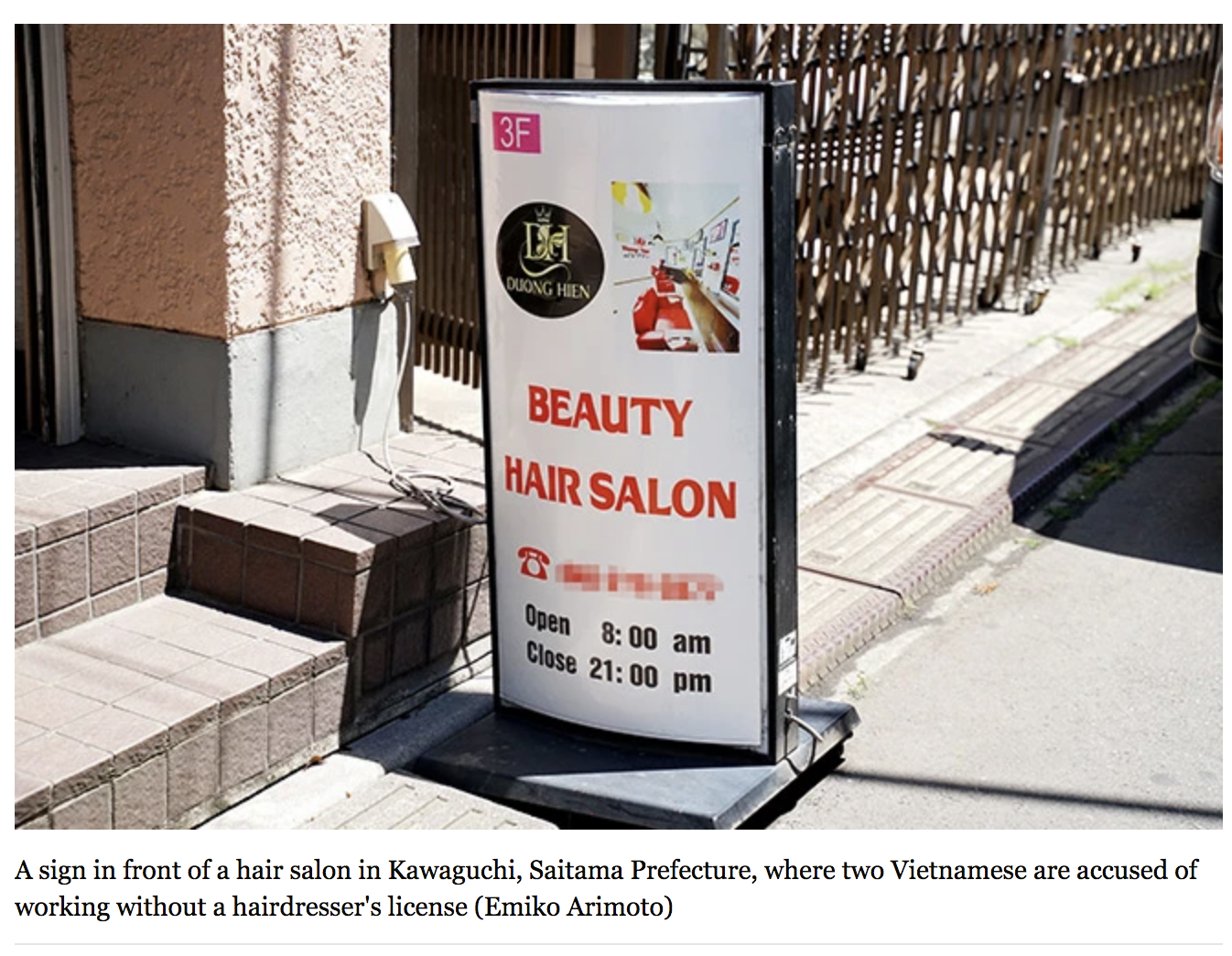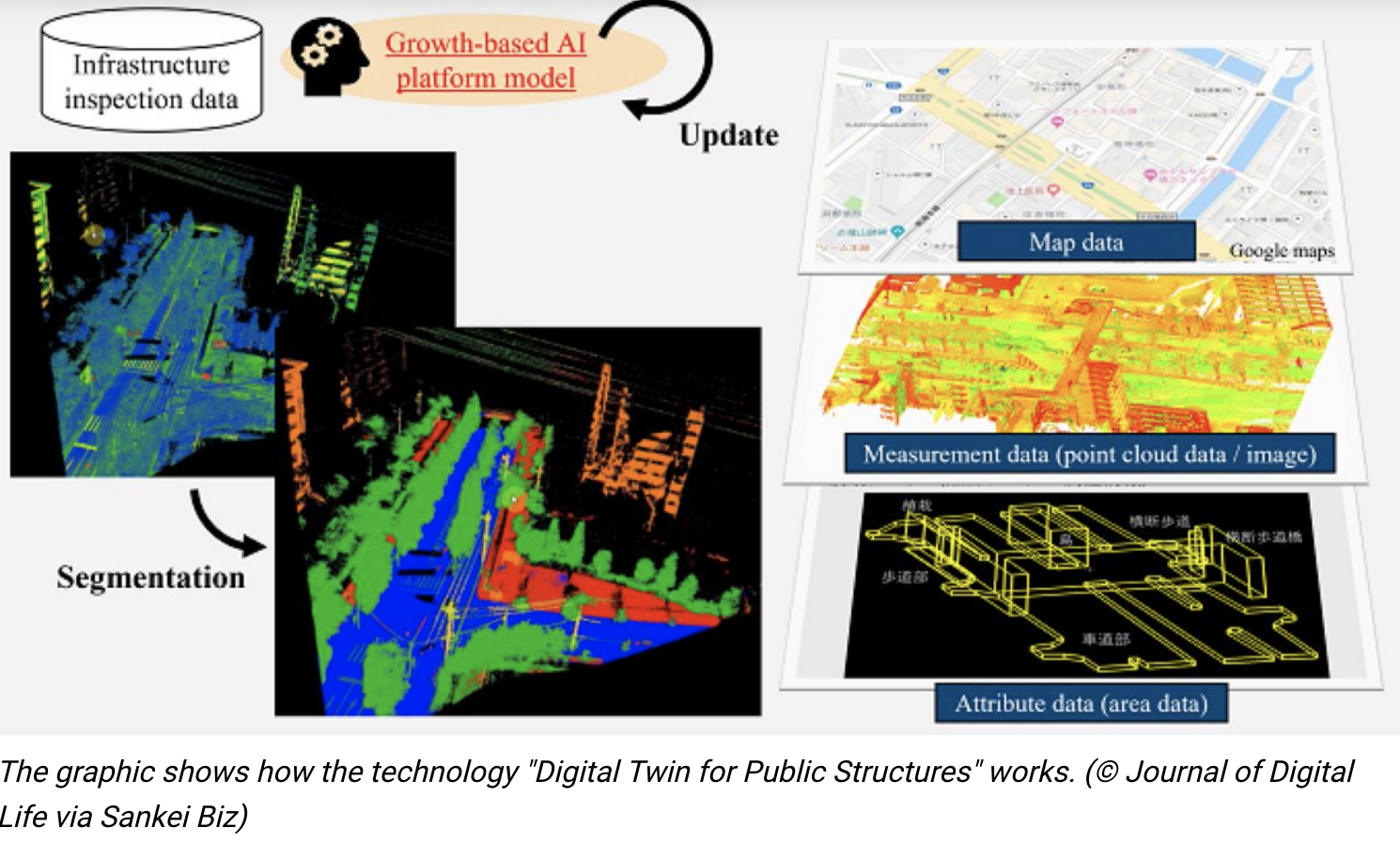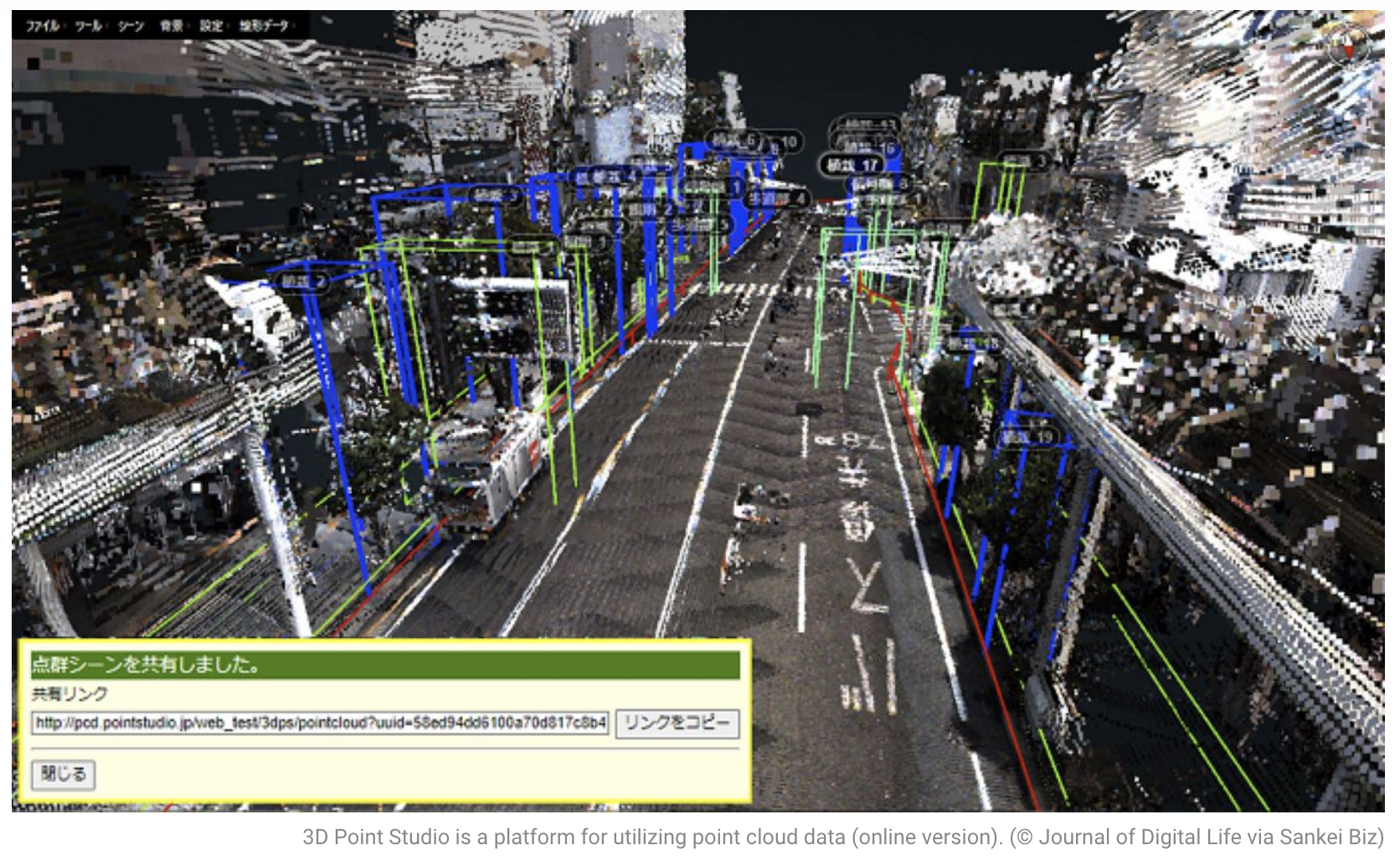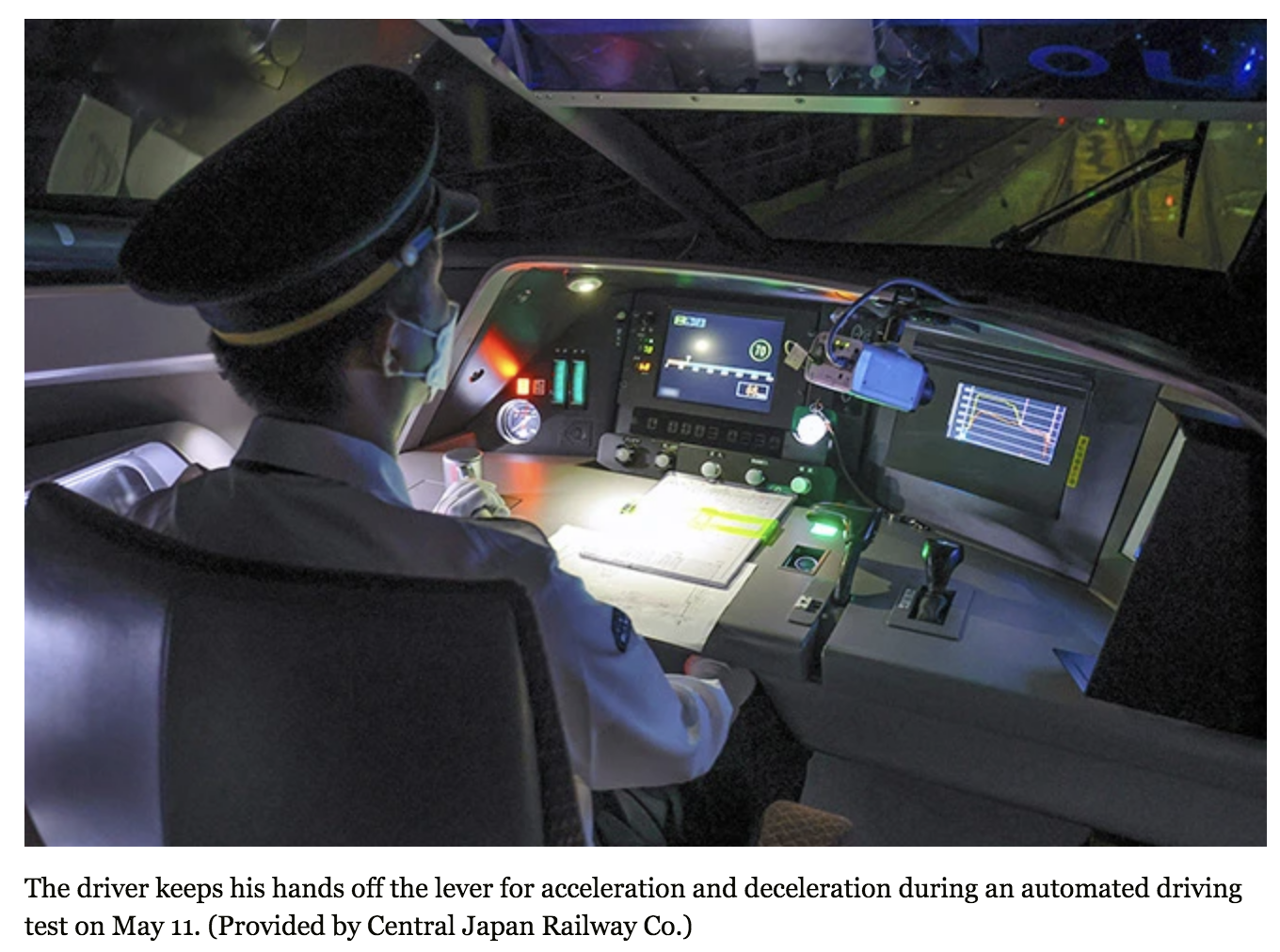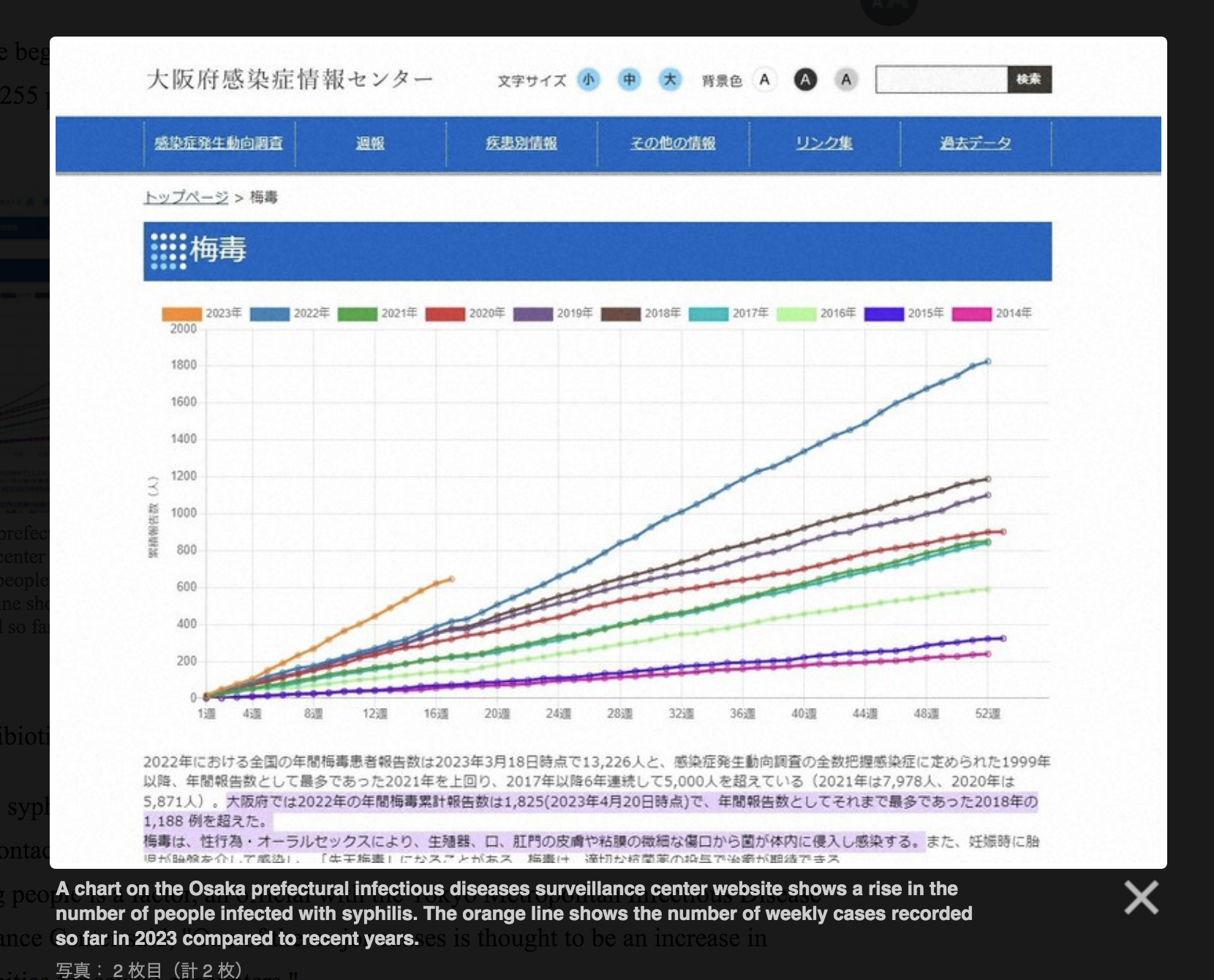SHOW NOTES FOR EP. 101
NEW PRODUCT
SOCIETY 5.0
WAR
ECONOMY
Japan in Japan
LGBTQ
SGOTW
"Turmoil at Hospital with '100' Kurdish Individuals, Emergency Acceptance Suspended for 5.5 Hours - Saitama, Kawaguchi"
This story took place on July 4.
At the beginning of this month in Kawaguchi City, Saitama Prefecture, approximately 100 members of Turkey's ethnic minority group, the Kurds, flocked to the vicinity of a hospital, causing a commotion that led to the deployment of the prefectural police riot squad. As a result, the acceptance of emergency cases was suspended for about 5.5 hours on the 30th. Kawaguchi City is the municipality with the largest foreign resident population in Japan, and it serves as the largest Kurdish settlement in the country.
At 9:00 PM, approximately 100 foreigners began gathering around the "Kawaguchi Municipal Medical Center," a comprehensive hospital in the city. All of them were believed to be Kurdish individuals with Turkish nationality, and the commotion continued until around 1:00 AM on the 5th.
The trigger for the incident was believed to be a dispute involving a woman. At around 8:30 PM on the 4th, a man in his 20s with Turkish nationality was attacked and cut with a knife by several other men of Turkish nationality on a street in the city. Subsequently, relatives and acquaintances from both sides gathered at the hospital upon hearing about the emergency transportation of the injured man. They reportedly attempted to force open the entrance door of the hospital's emergency department and raised their voices. In response to the disturbance, the hospital notified the police and subsequently suspended the acceptance of emergency cases. During this time, there were a total of 21 emergency transports within the three cities. Among them, there was one case of "emergency transport difficulty" where the destination took more than 30 minutes to decide. Fortunately, there were no life-threatening incidents during this period.
A male resident (48) said, "A young Kurdish man, about 2 meters tall, was shouting in broken Japanese, 'My relative got stabbed.' Cars kept gathering on the road in front of the hospital."
Kawaguchi City, with a population of approximately 600,000, has around 39,000 foreign residents, accounting for 6.5% of the population.
Many Turkish Kurdish individuals in Japan have applied for refugee status, citing discrimination and persecution in their home country as reasons for seeking asylum. However, very few of them have been granted refugee status, and a considerable number of them remain in an undocumented status, living as undocumented immigrants in Japan.
Around JR Warabi Station, which is adjacent to Kawaguchi City, a significant community of Kurdish residents has formed, with various Middle Eastern restaurants and grocery stores scattered throughout the area. This region is referred to as "Warabistan."
EAT THE BUGS
Insect food How does it taste? Seven kinds of stalls, including skewers of large crickets, limited to Shizuoka
On the 28th, an insect food stall opened at the Jeans Shop Osada Higashi-Shizuoka store in Aoi Ward, Shizuoka City. It is a three-day limited event until the 30th. The specialty shop "MUSHI-YA (ムシヤ) TOKYOueno," which has a store in Tokyo, has opened its first shop in the prefecture, offering seven menu items including meals and drinks.
One of the signature dishes, "Savory Stir-Fried Two-Horned Grasshopper," is known for its aromatic flavor obtained by roasting the grasshoppers. Raised on edamame beans, it carries a subtle hint of edamame flavor in the aftertaste. The "Tagame Cider" utilizes extracted components from stag beetles, offering a fruity aroma derived from pheromones. Two-year-old Harayama Chiko-chan from Suruga Ward tried the "Grilled Giant Cricket Skewer" and, while surprised by its appearance, expressed satisfaction with its taste, saying it was delicious.
The stall also advises caution for people with food allergies, as the prepared insect food has components similar to crustaceans such as shrimp and crab.
By Taichi Kawata.
==================
To popularize eating insects Saijo agricultural students hold study session in Hatsukaichi
JUL 25 NHK
A study session was held in Hatsukaichi City by high school students working to popularize insect food, which is attracting attention as a new source of nutrition to solve the world's food shortages.
About 40 citizens participated in this study session, which was held for the first time at a meeting place in Hatsukaichi City. rice field.
The students explained that crickets are highly nutritious and inexpensive to grow, so they are expected to be a food ingredient that can solve the world's food shortages.
On top of that, he introduced that he is breeding crickets at school, and that he is currently raising about 10,000 crickets, and that he is developing various recipes to spread cricket cuisine.
After that, when the participants and the participants made and tasted curry bread with cricket powder, okonomiyaki, and deep-fried crickets, they said, "It's delicious."
A woman in her 80s who participated said, "I'm very happy that young people think about things that we don't think about, and I think it's a good initiative."
A third-year student at Saijo Agricultural High School said, "I want people to have a good image of crickets by listening to our stories and actually eating them."
COVID
